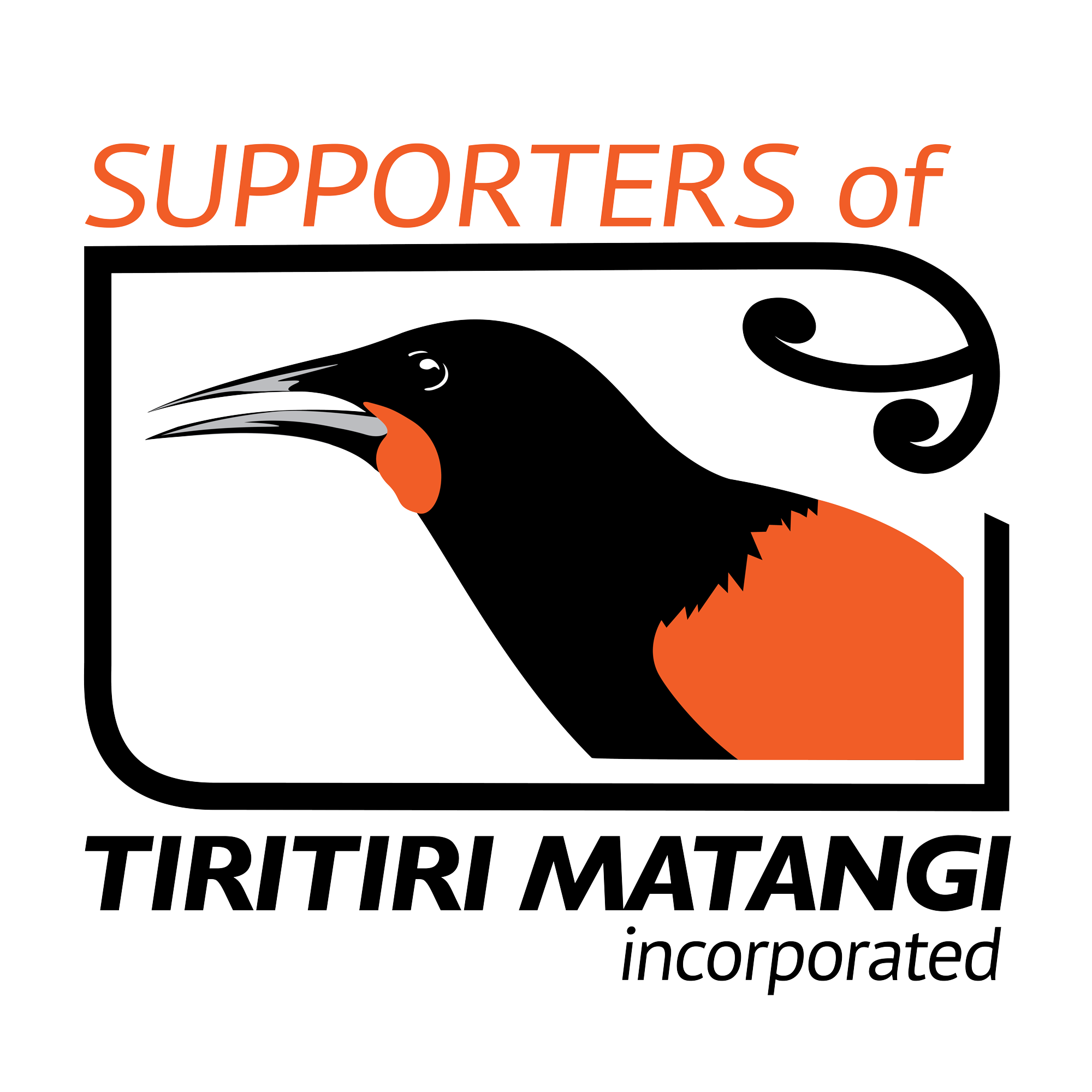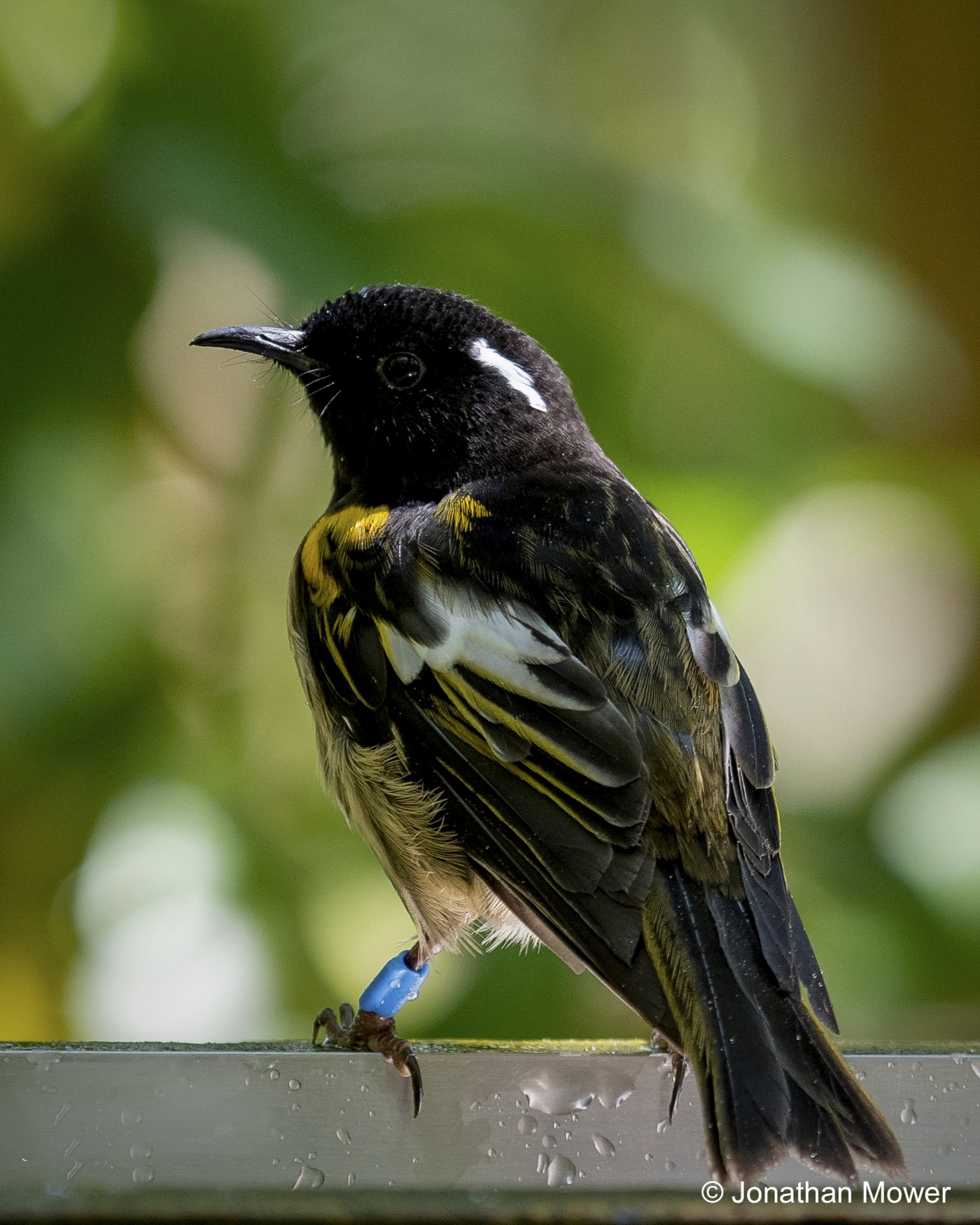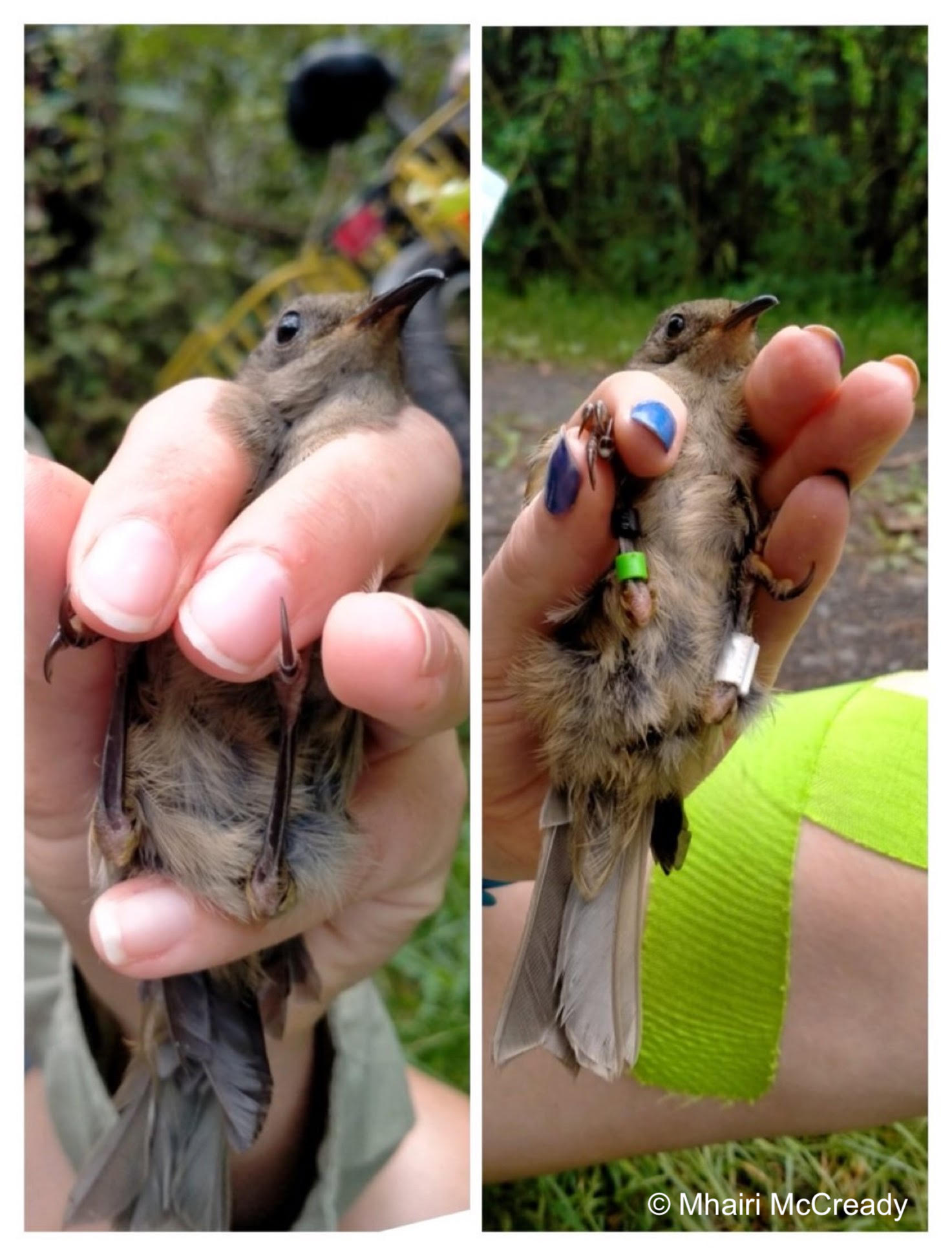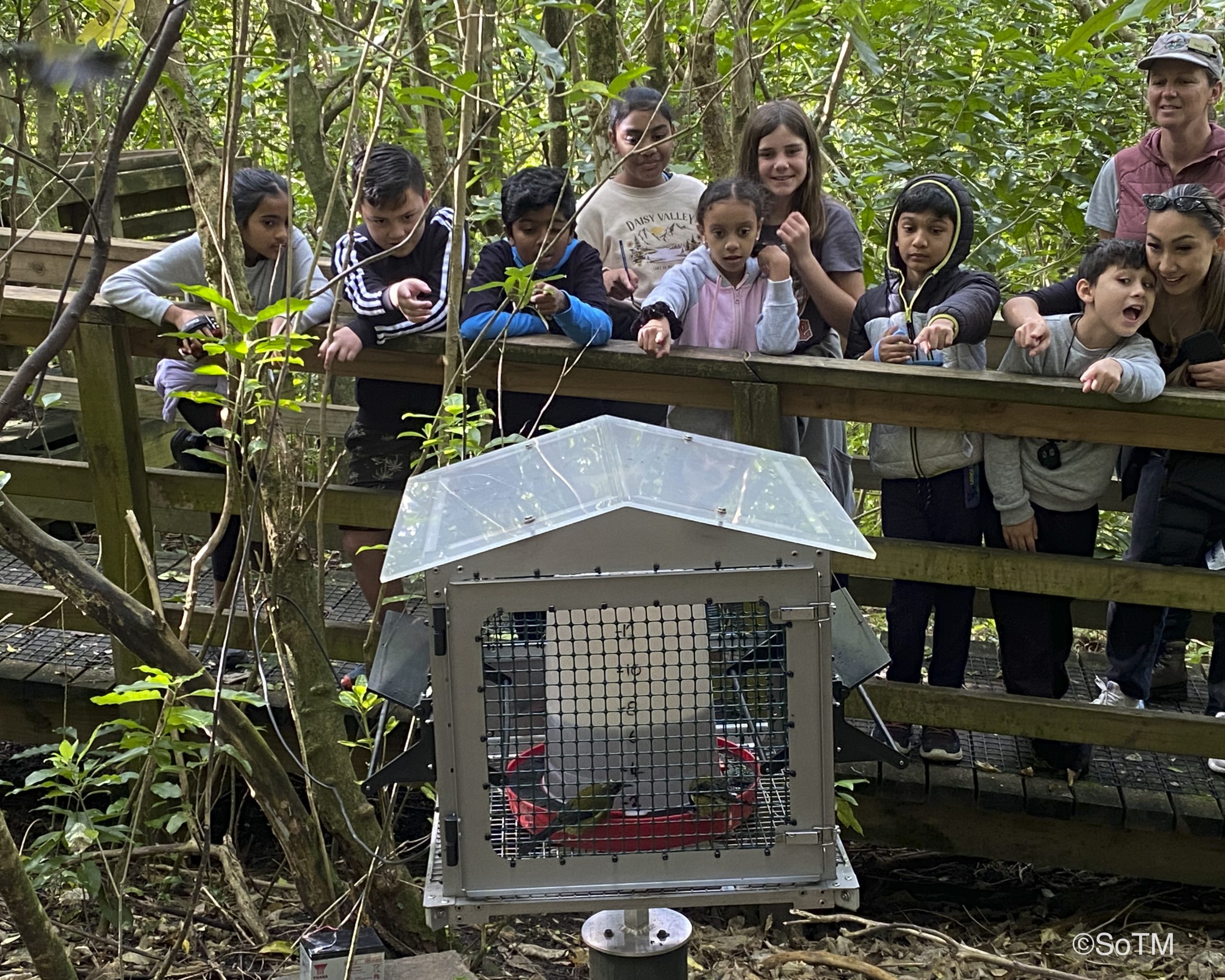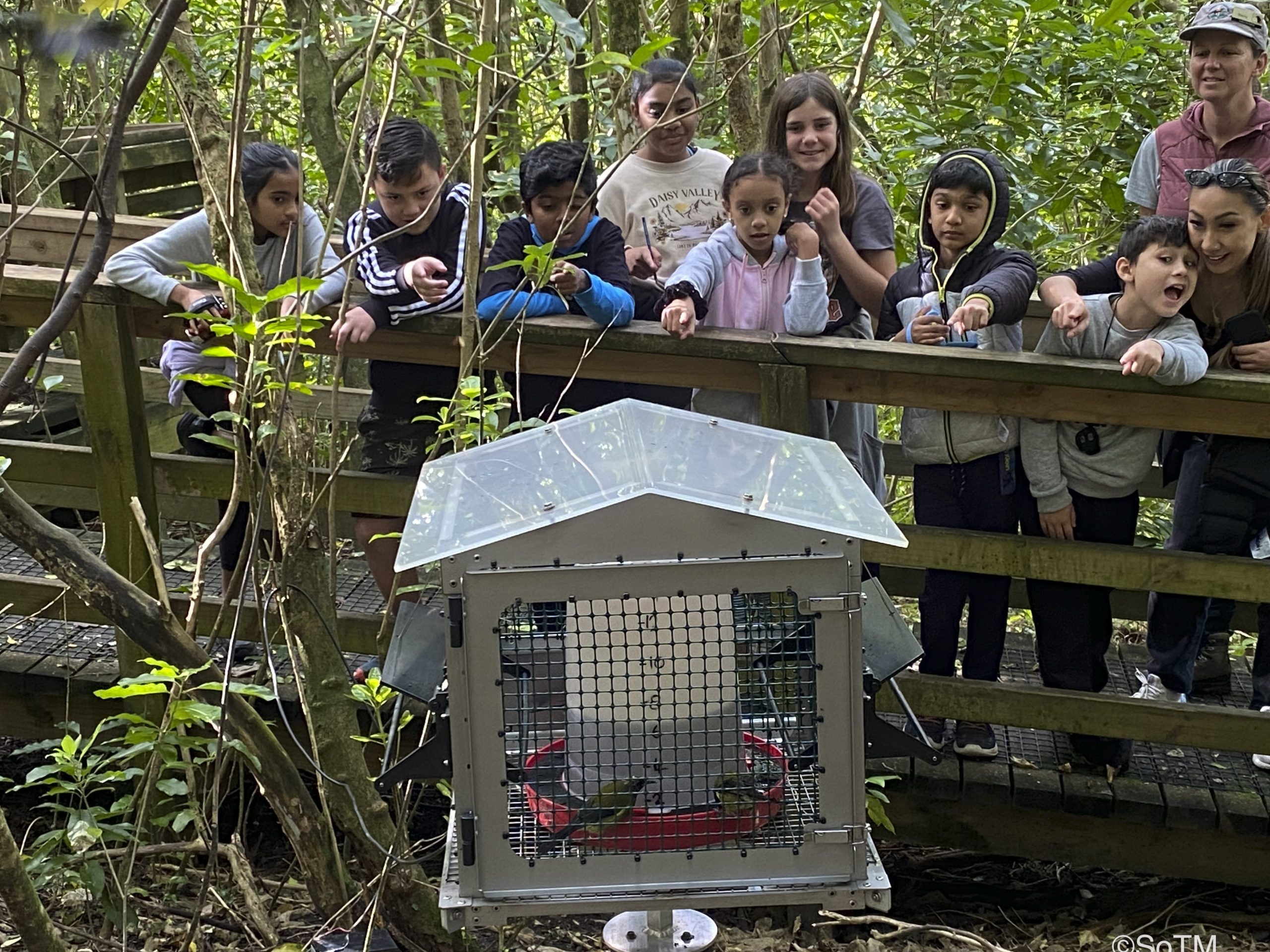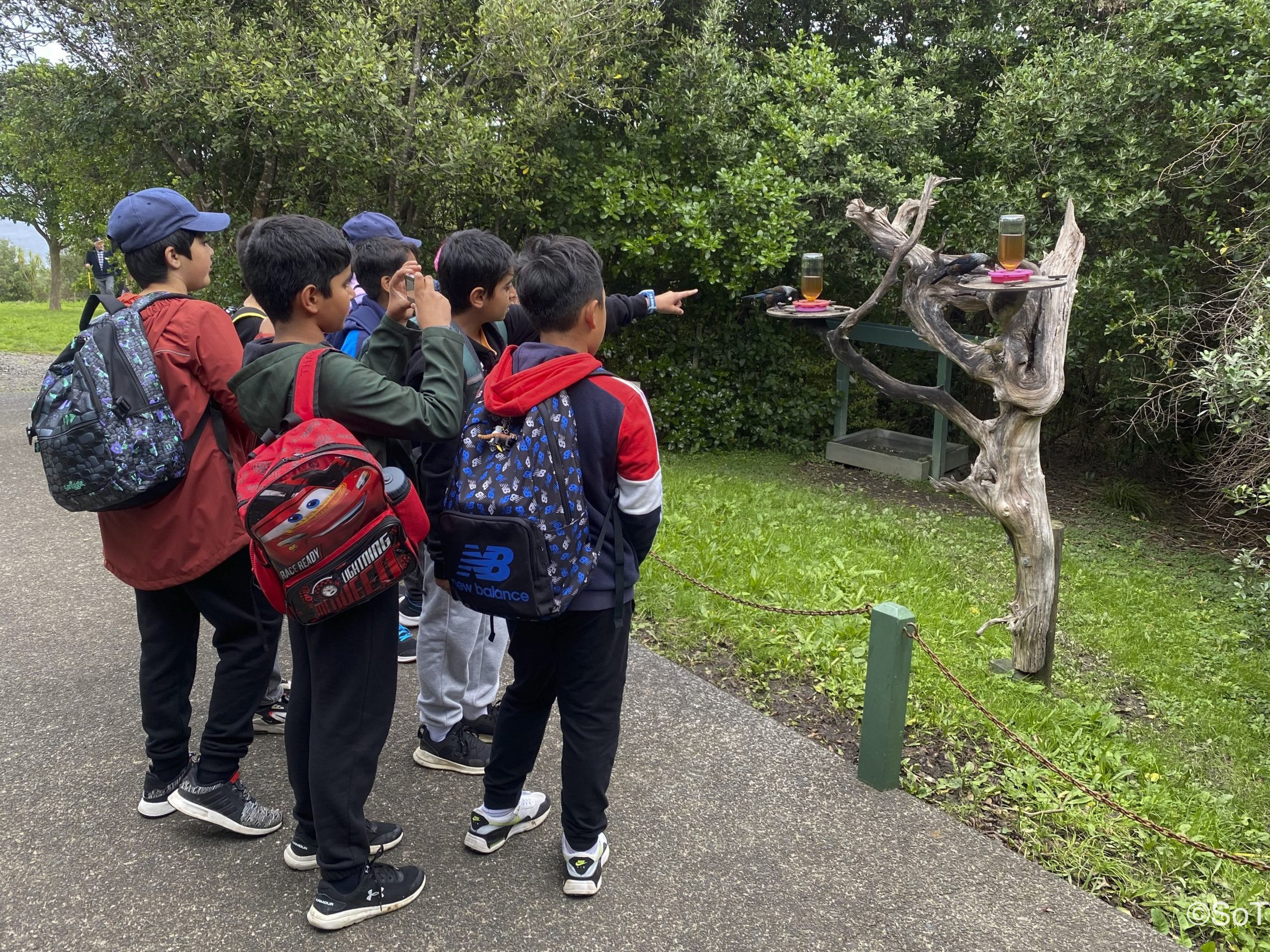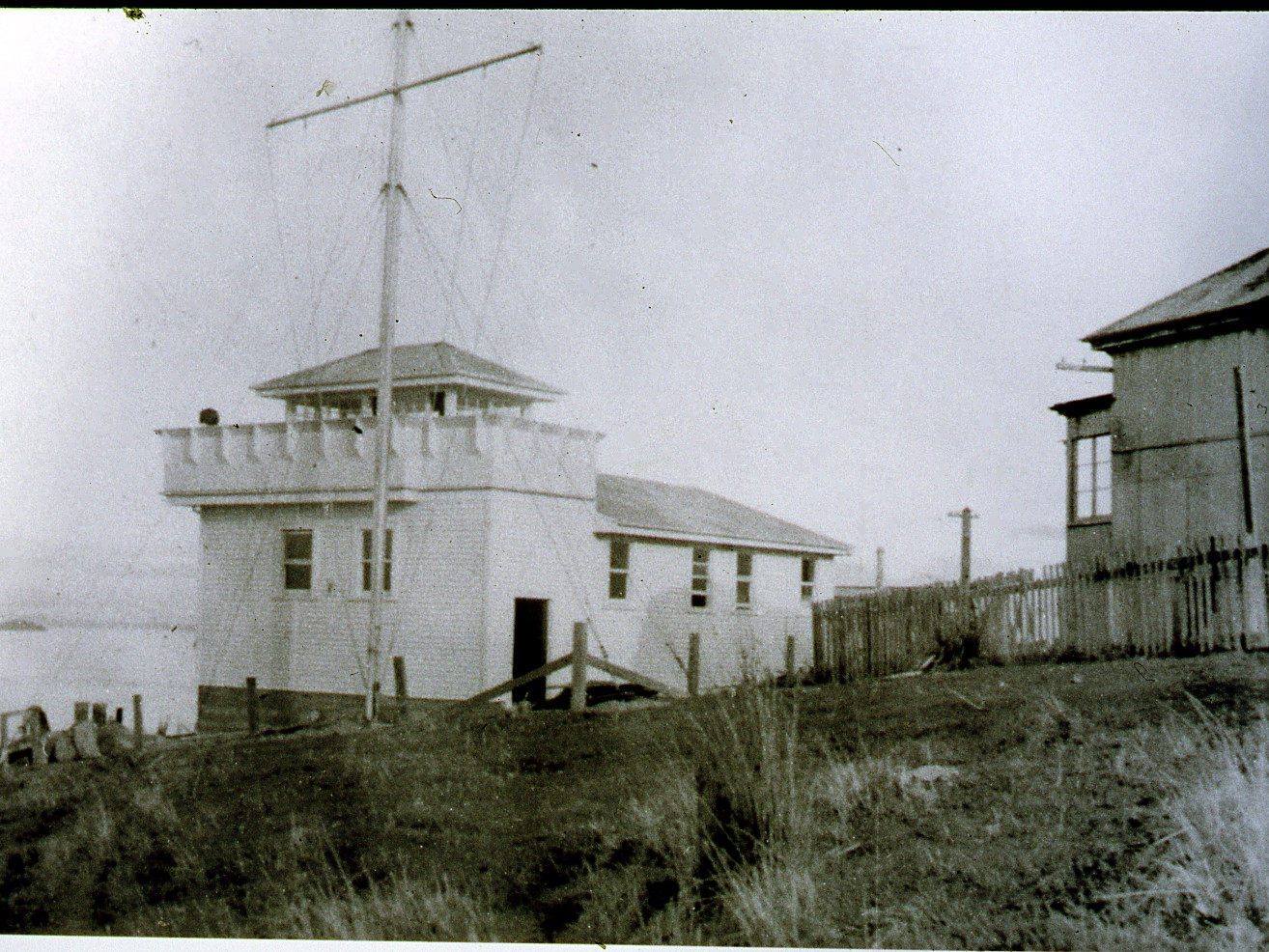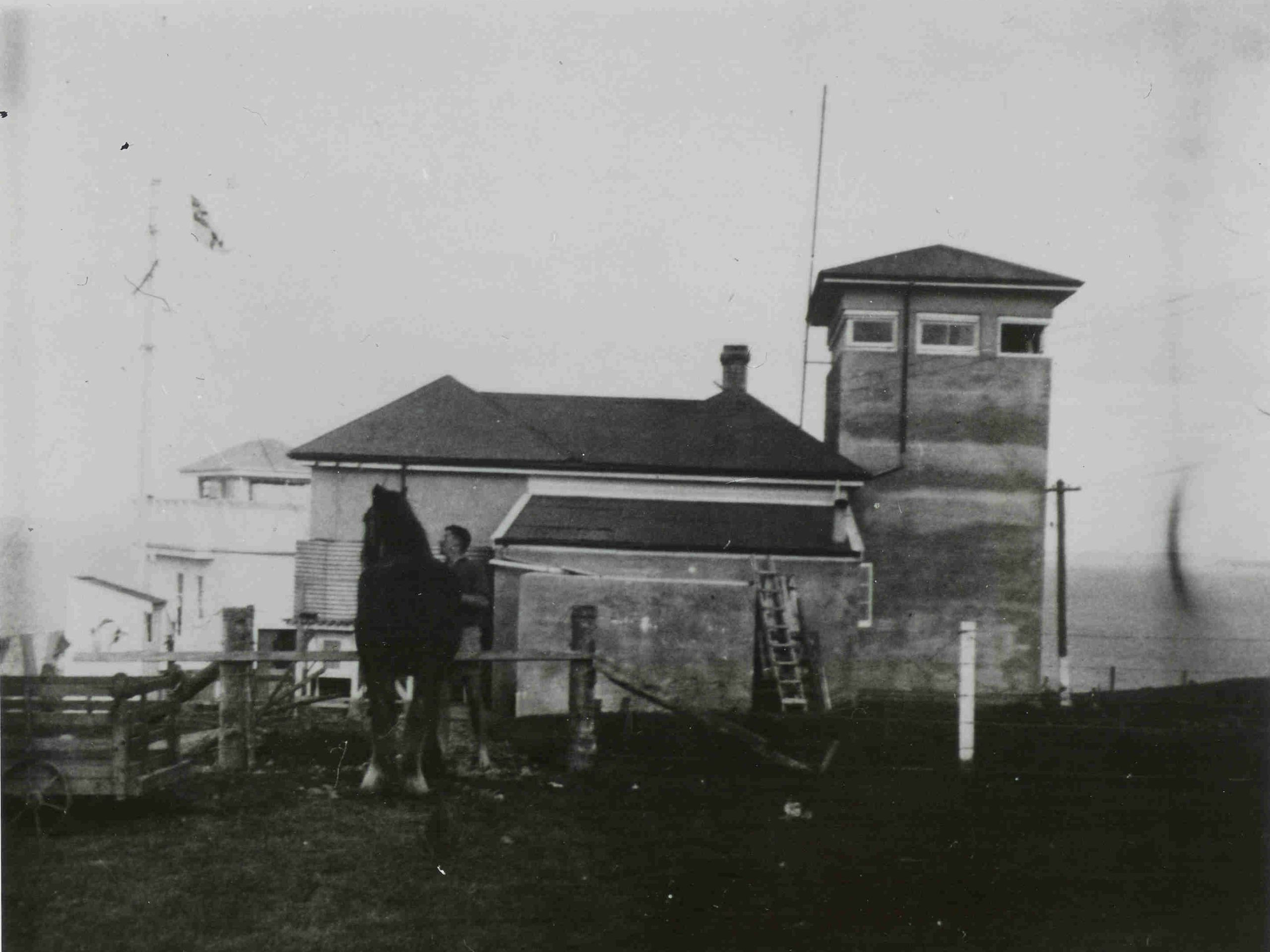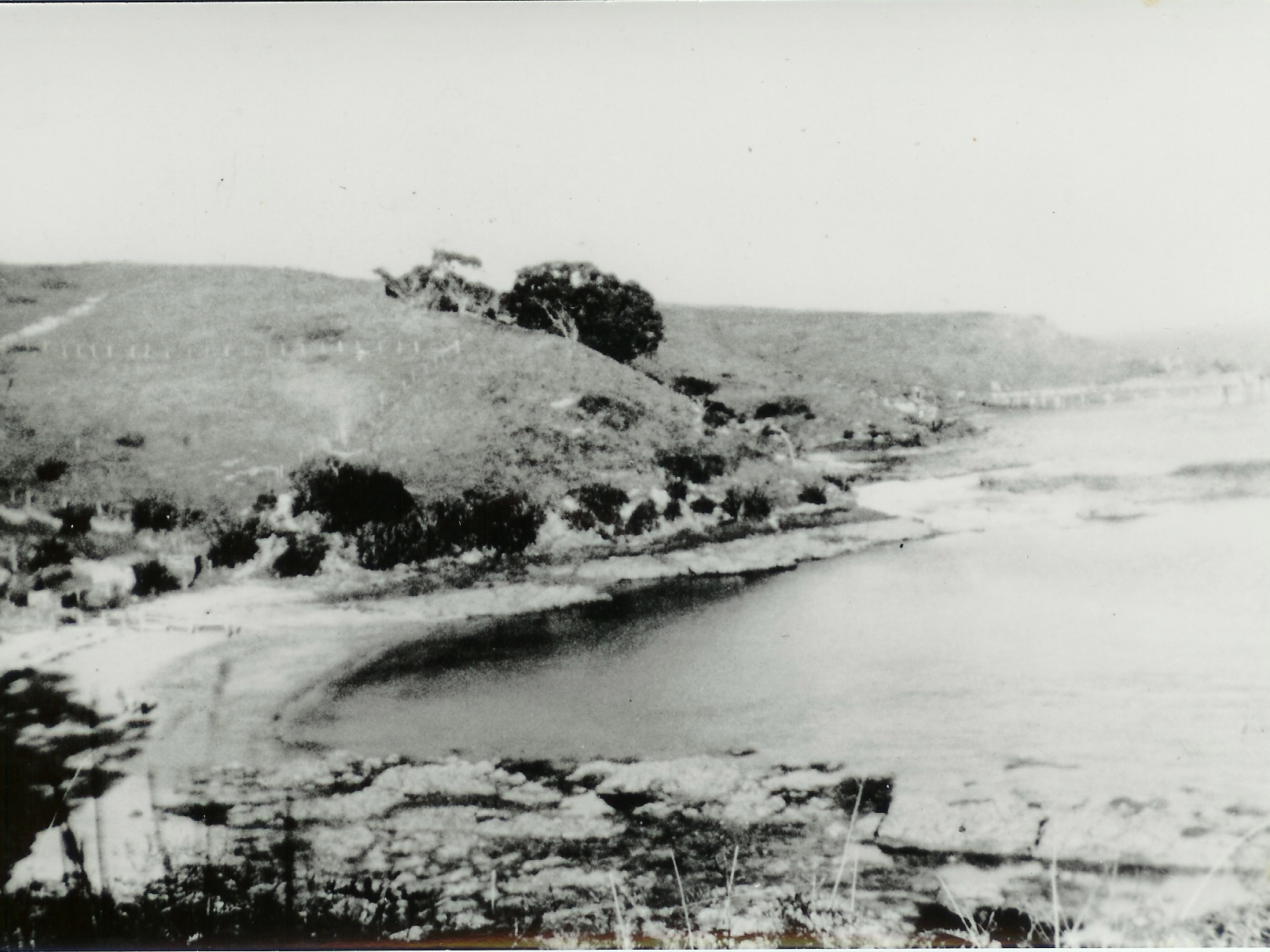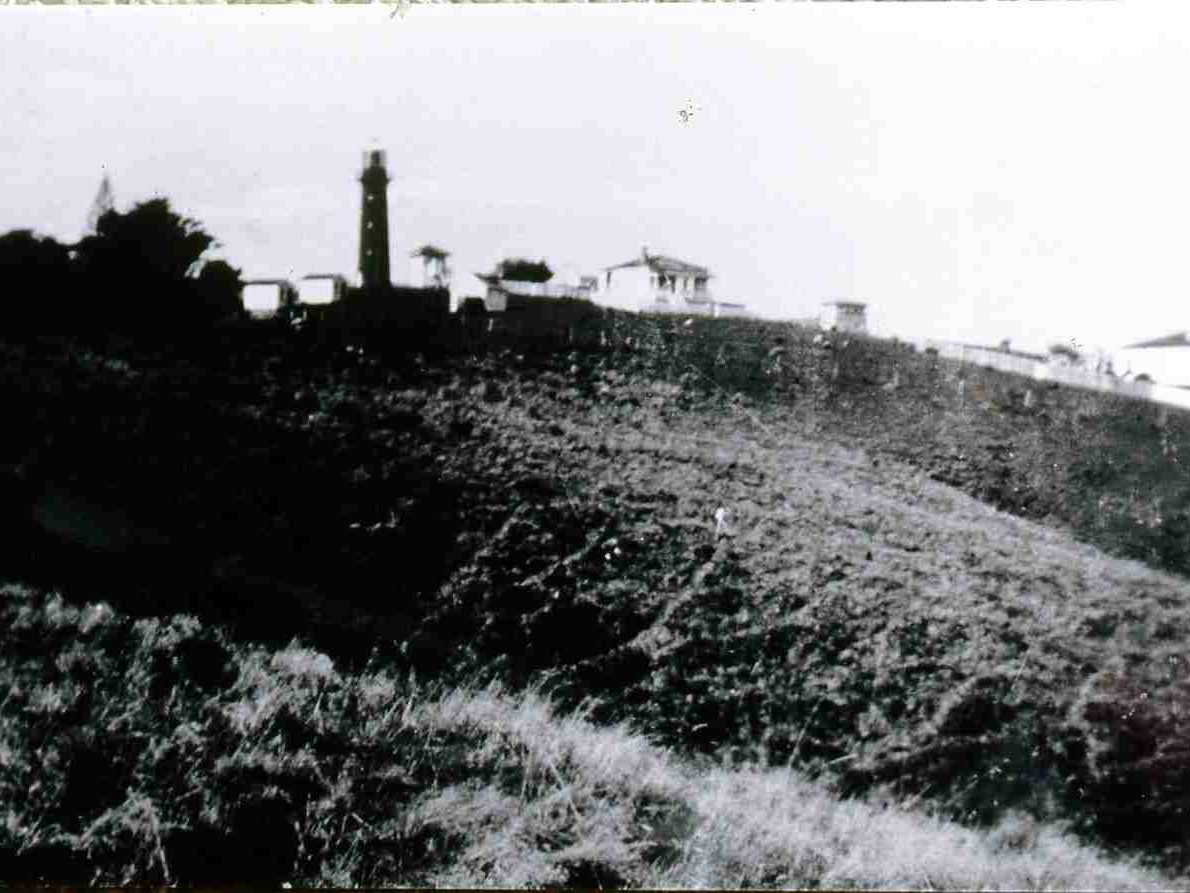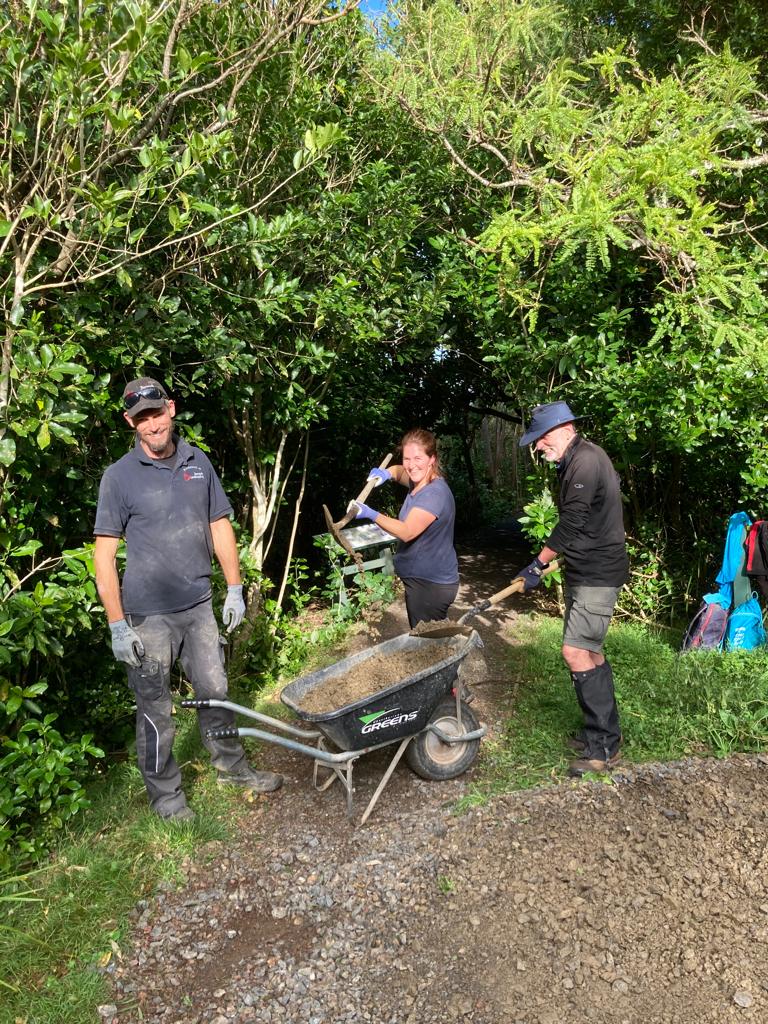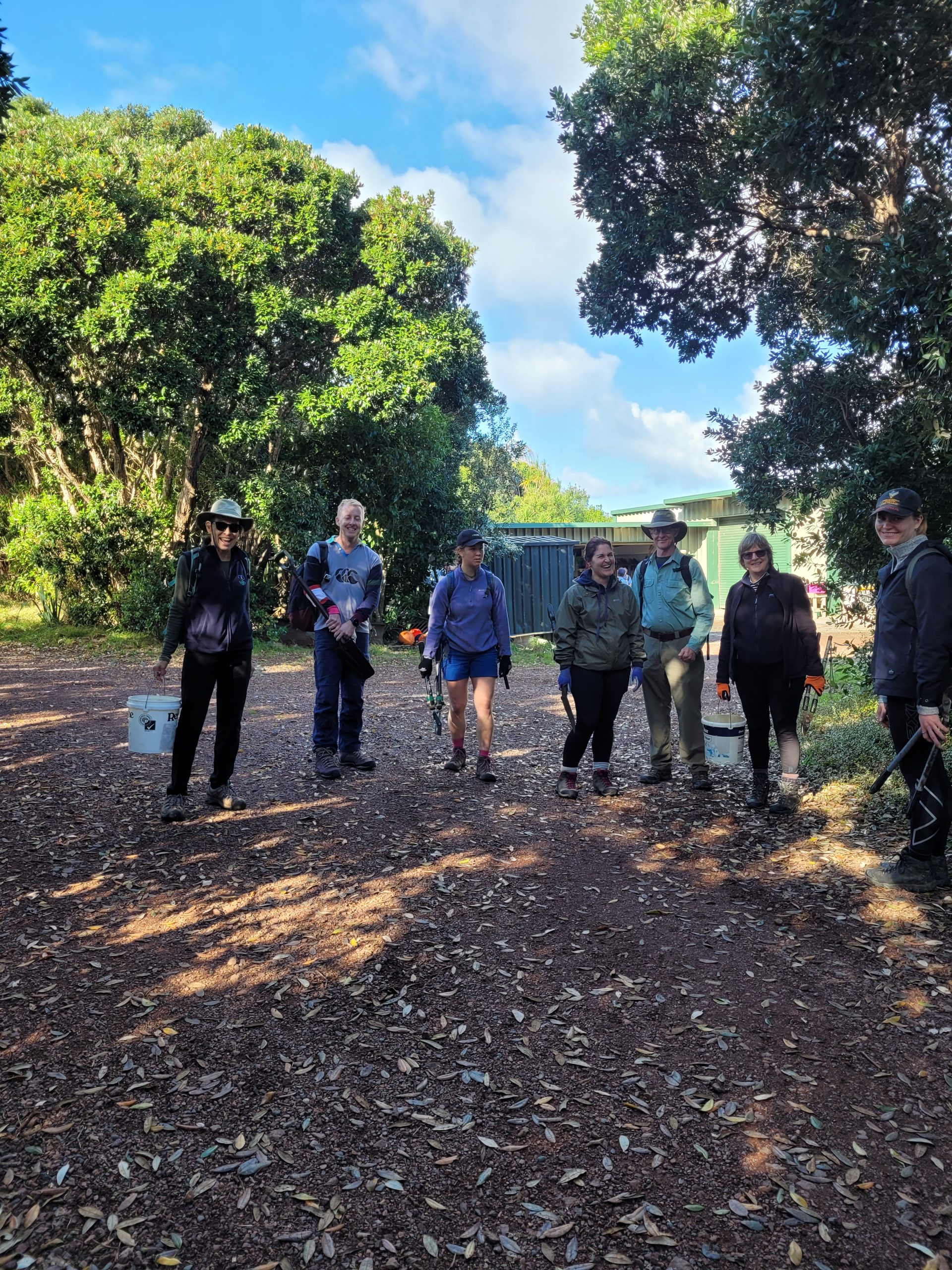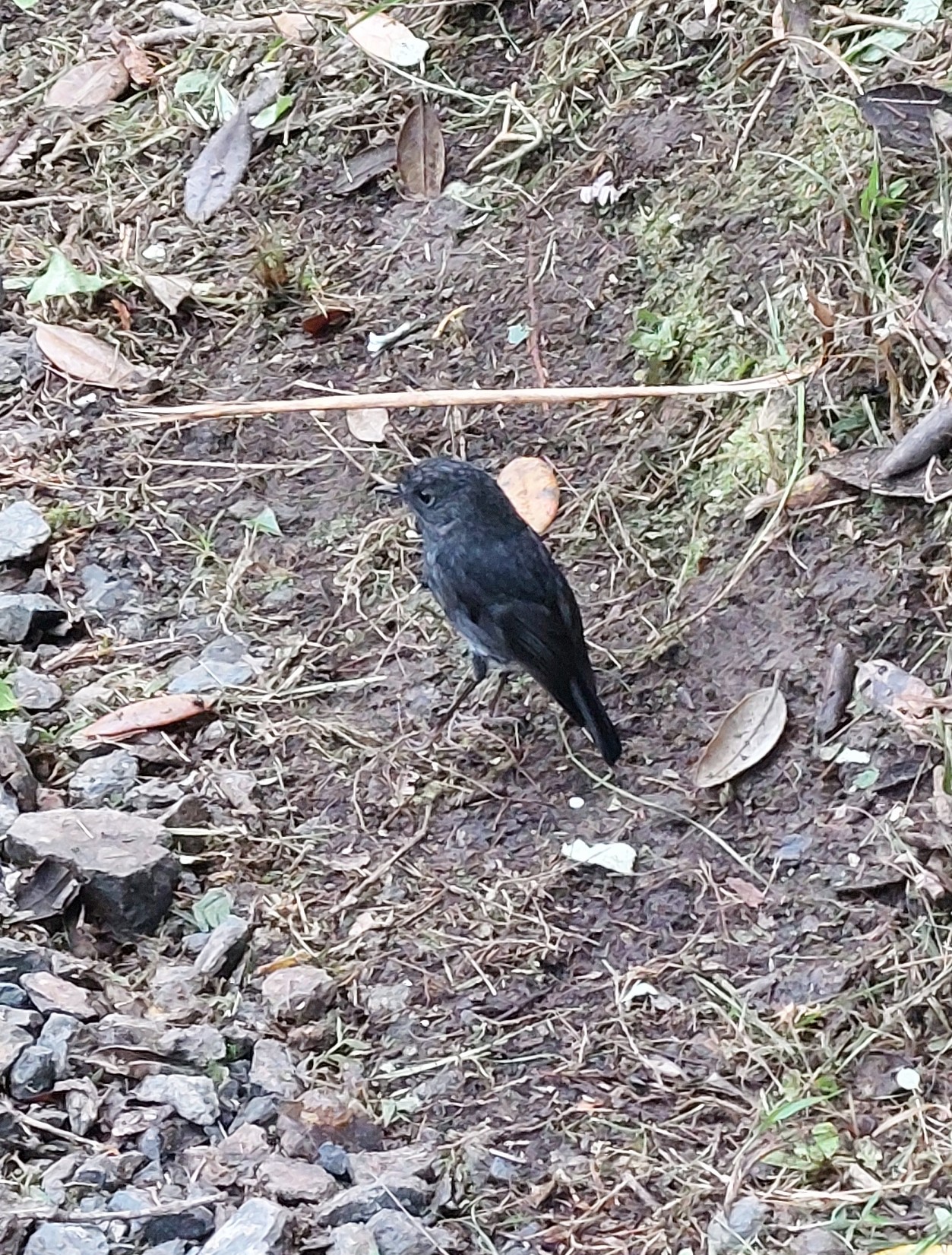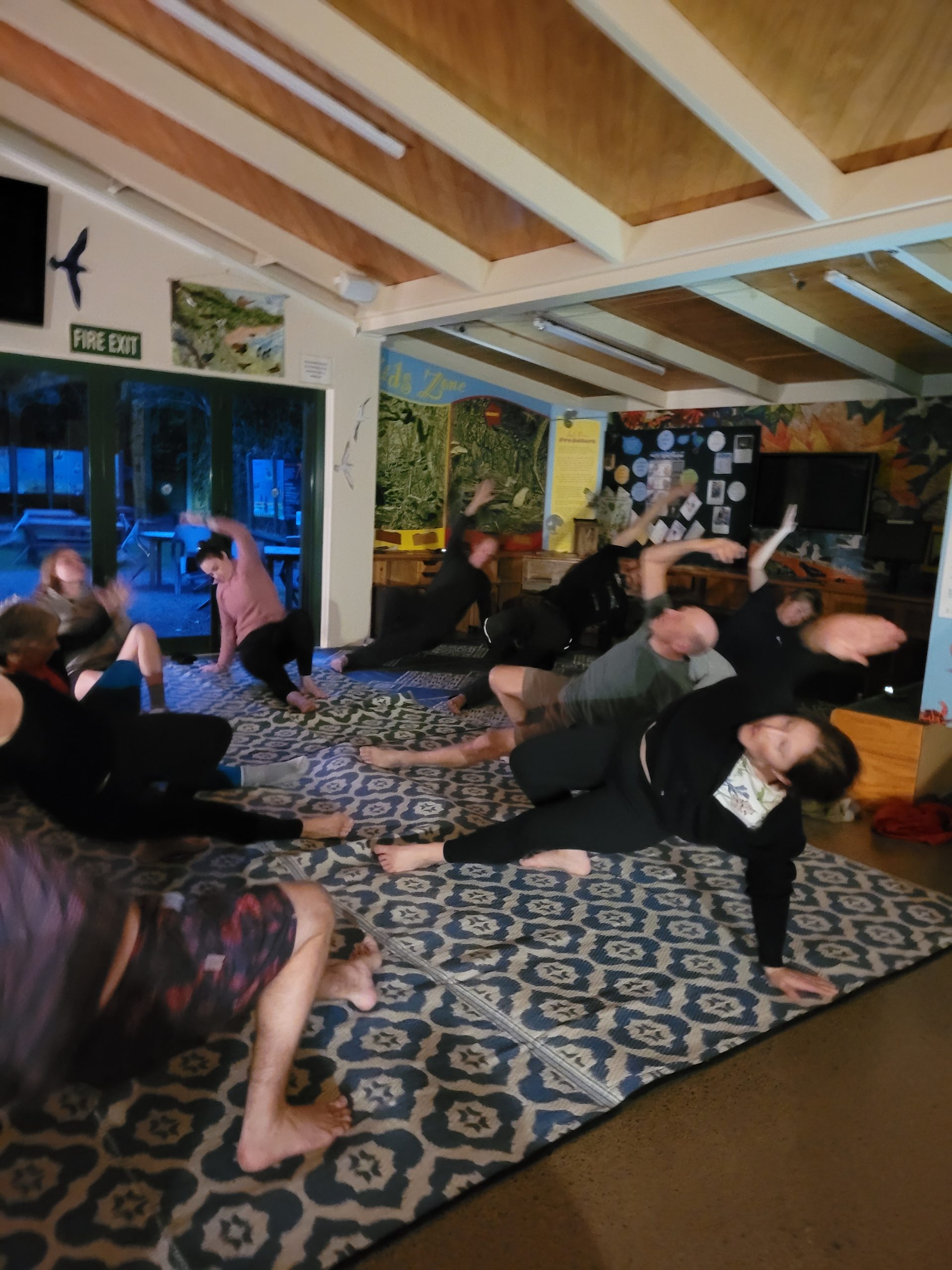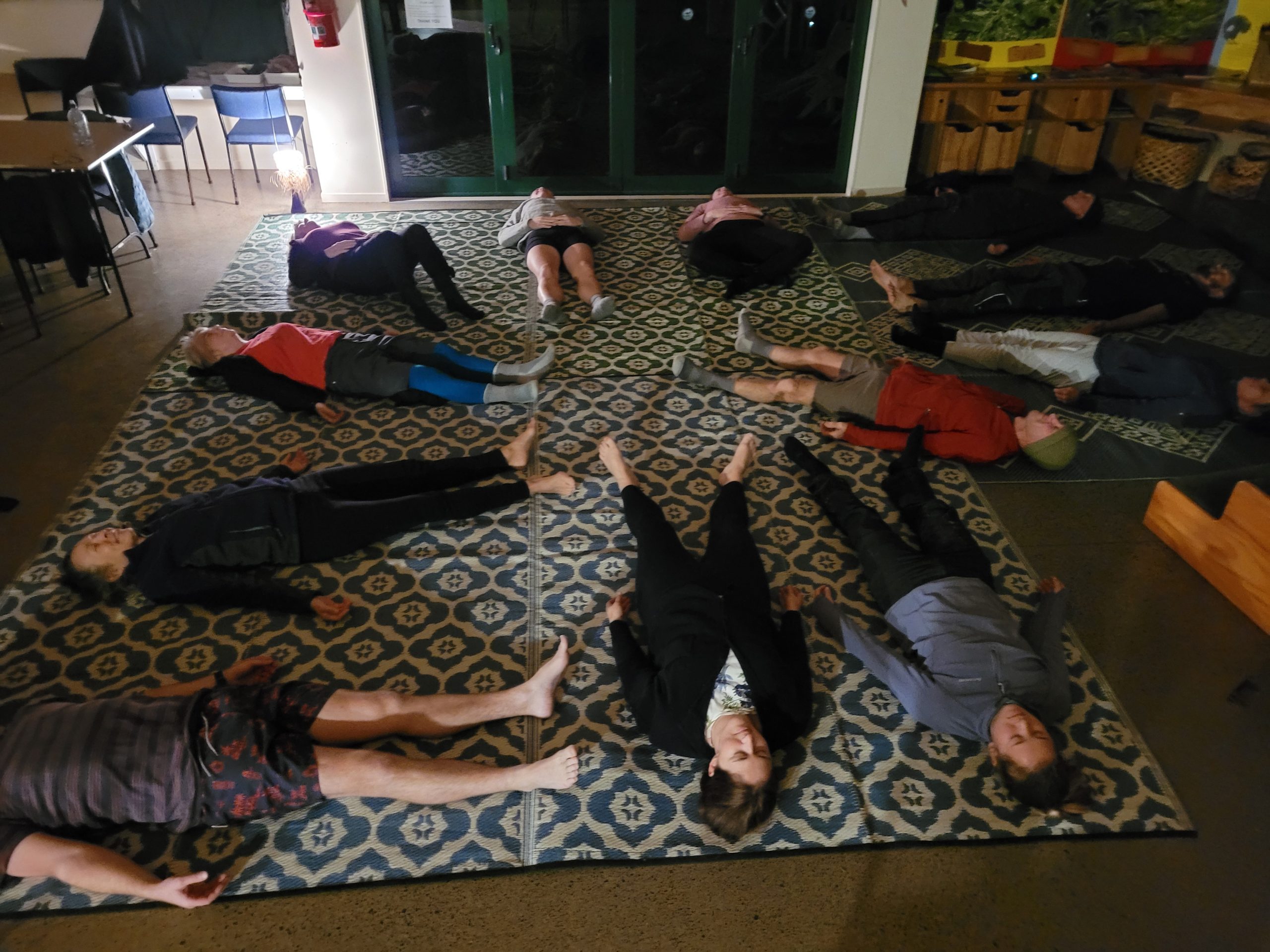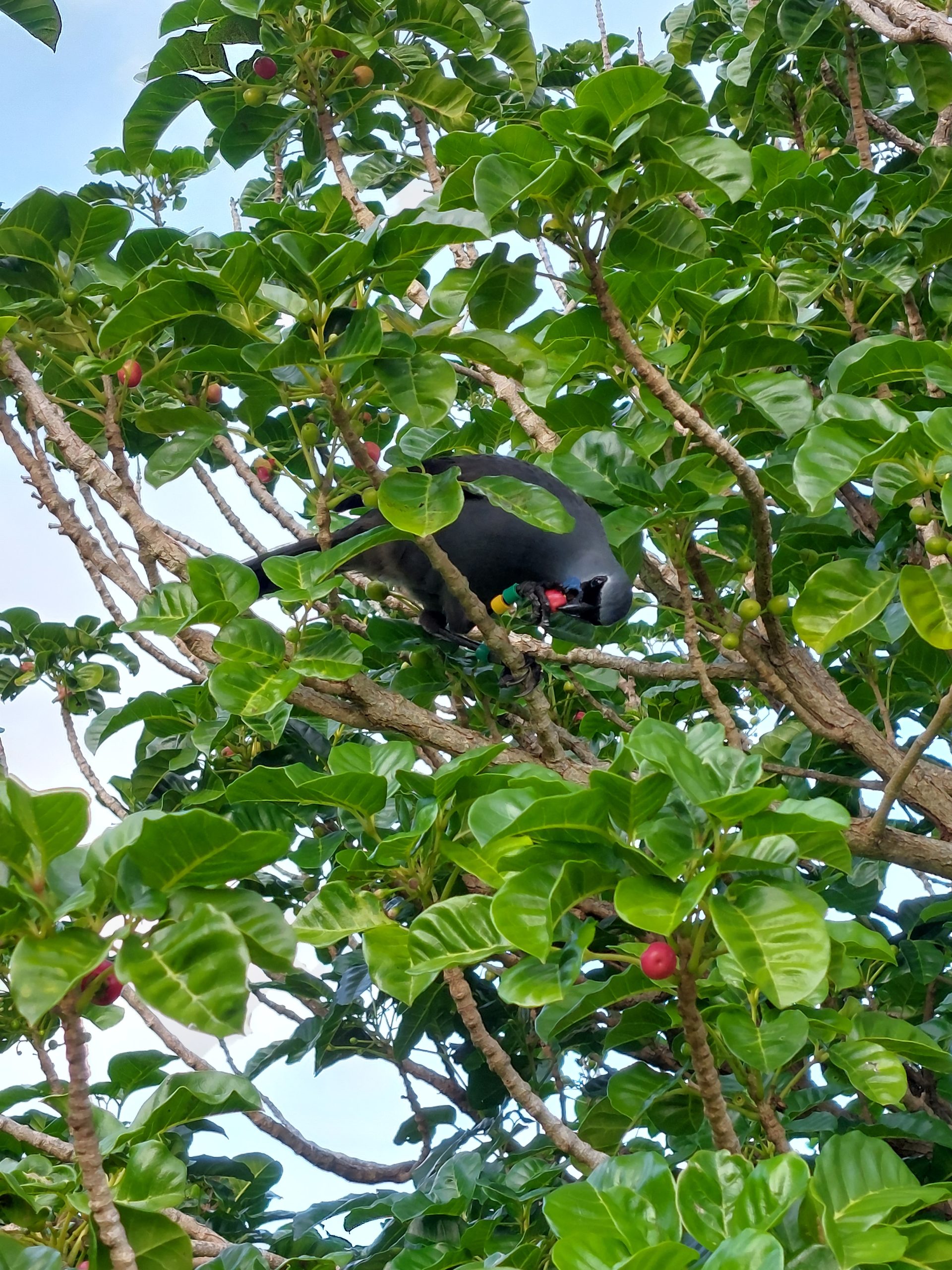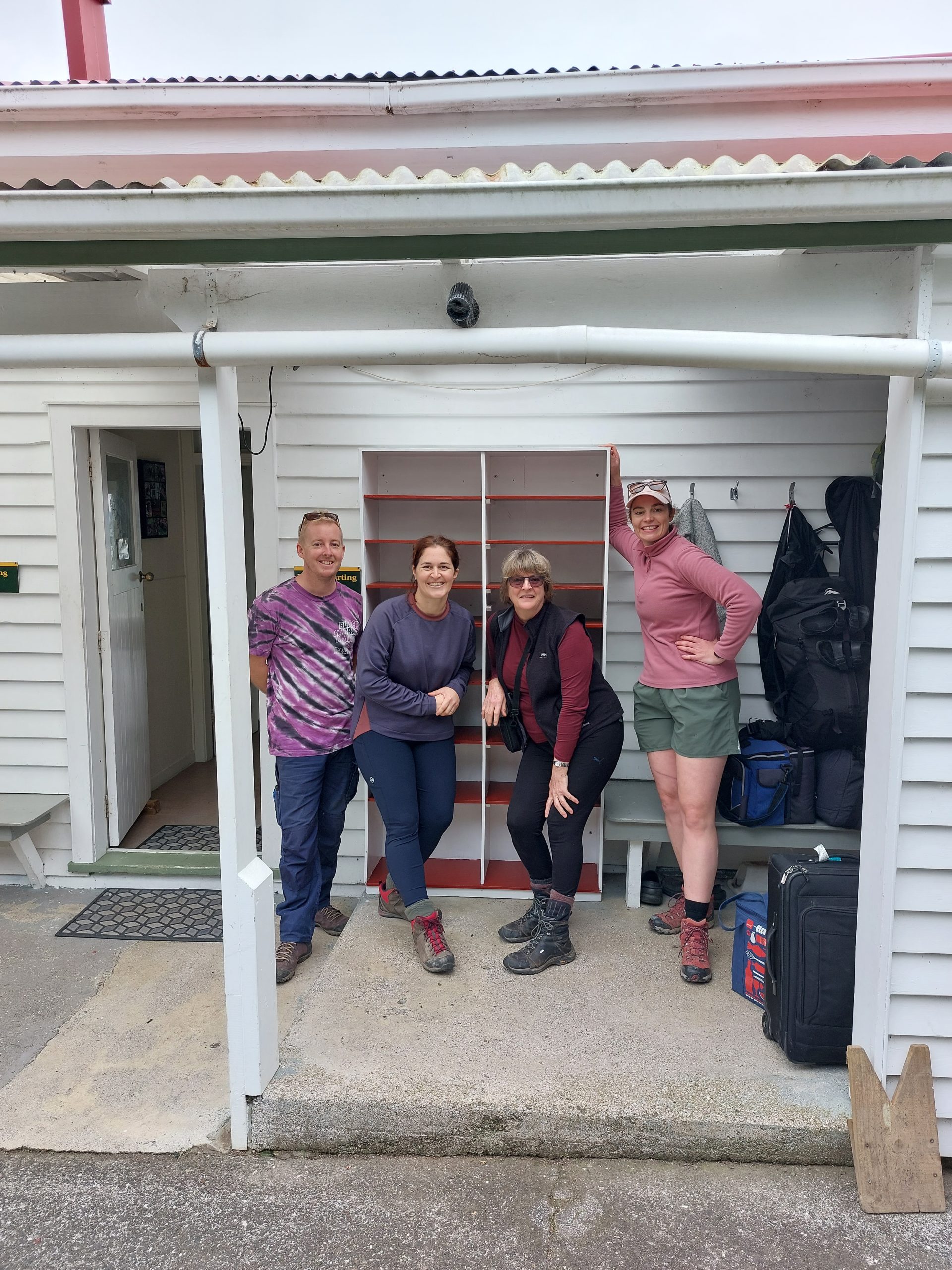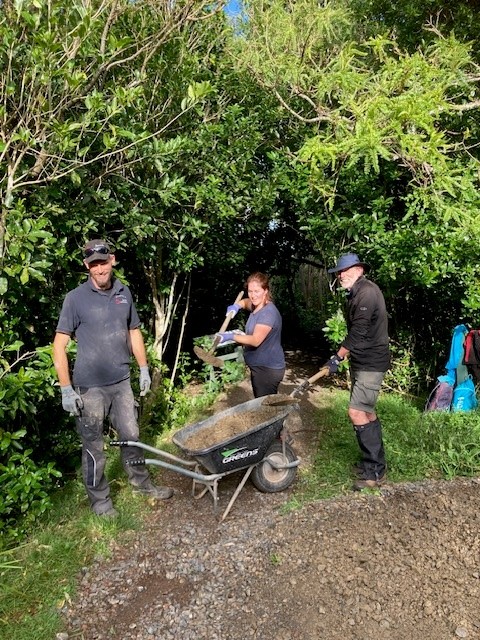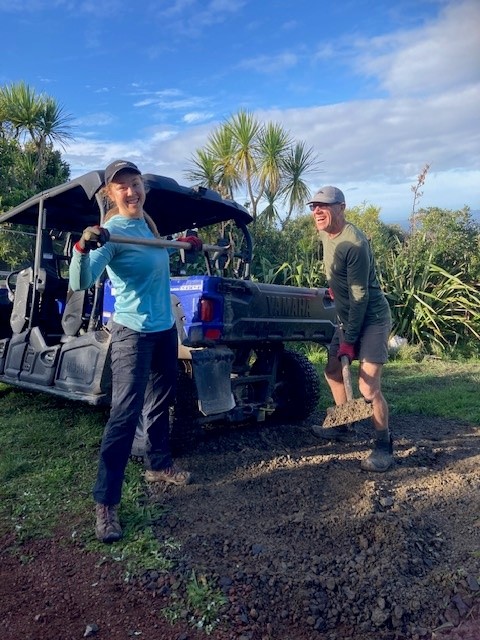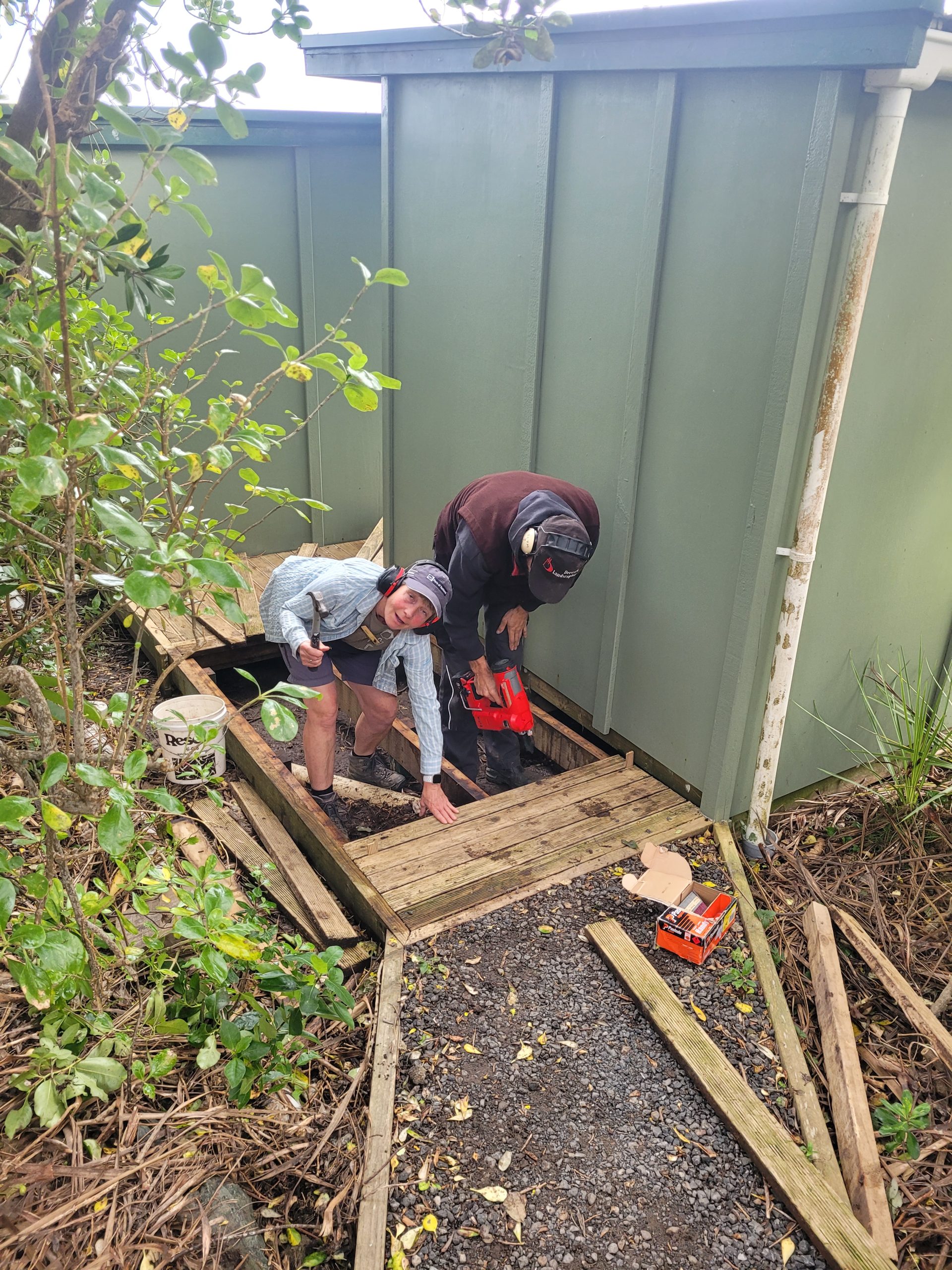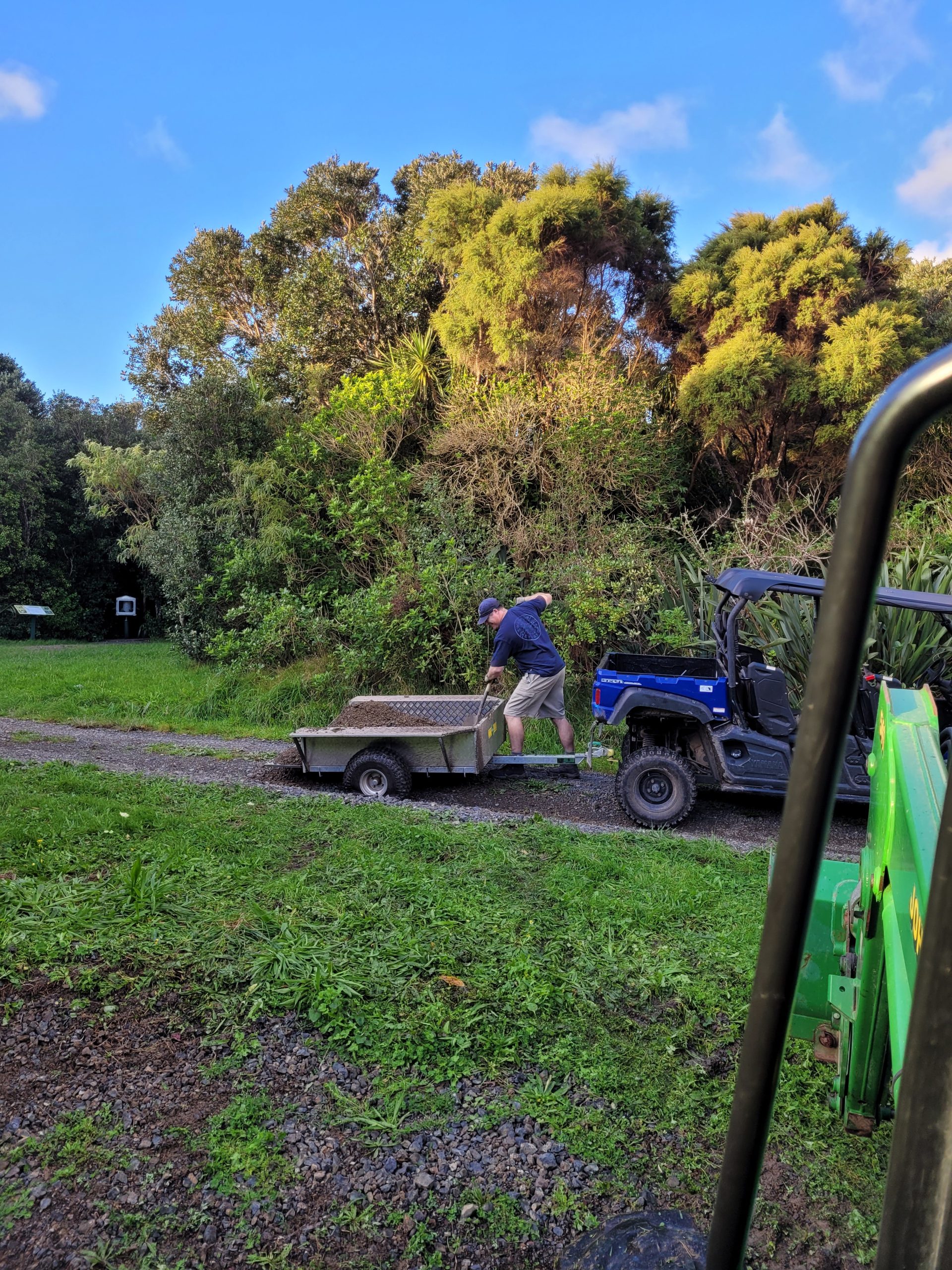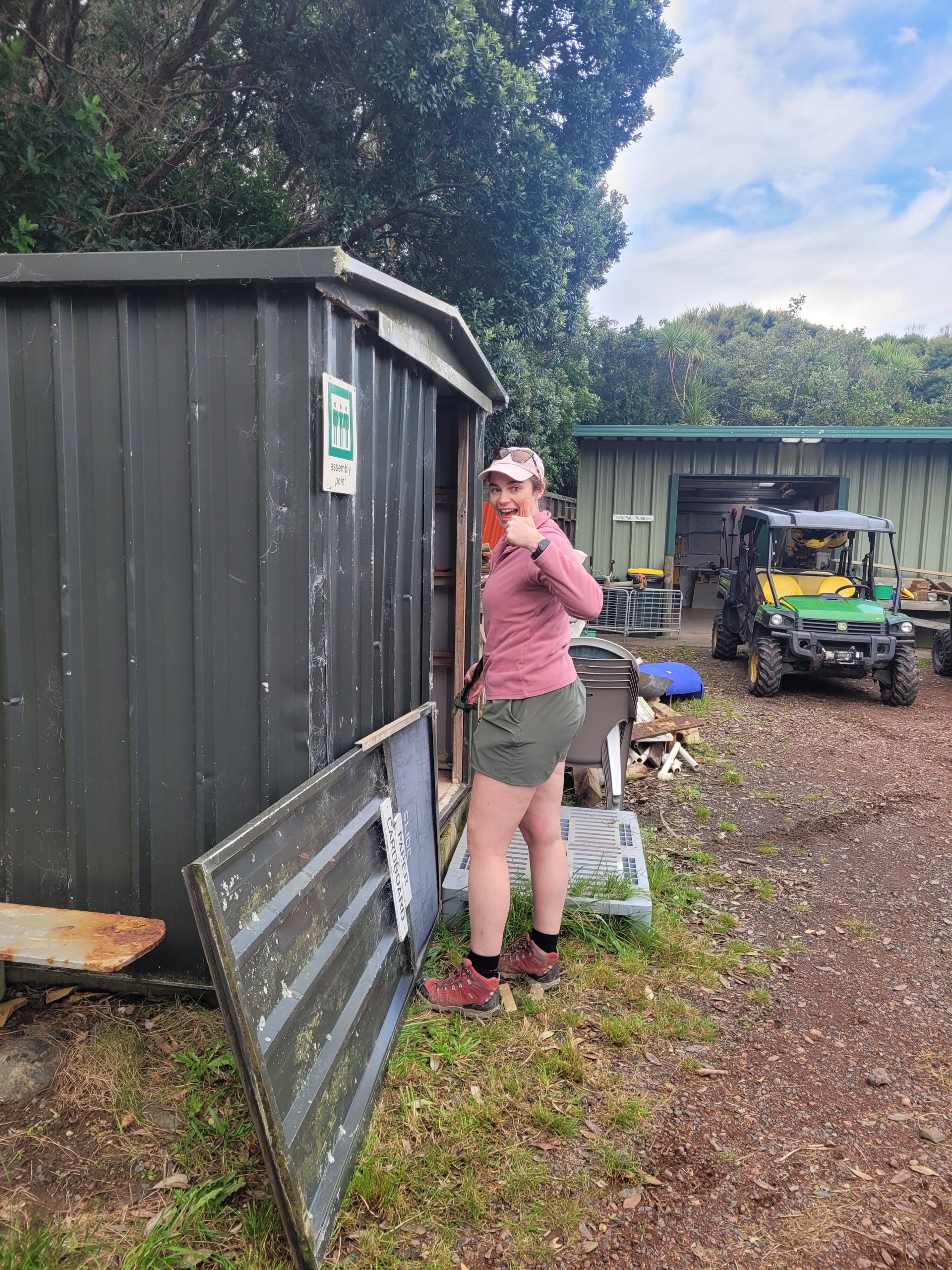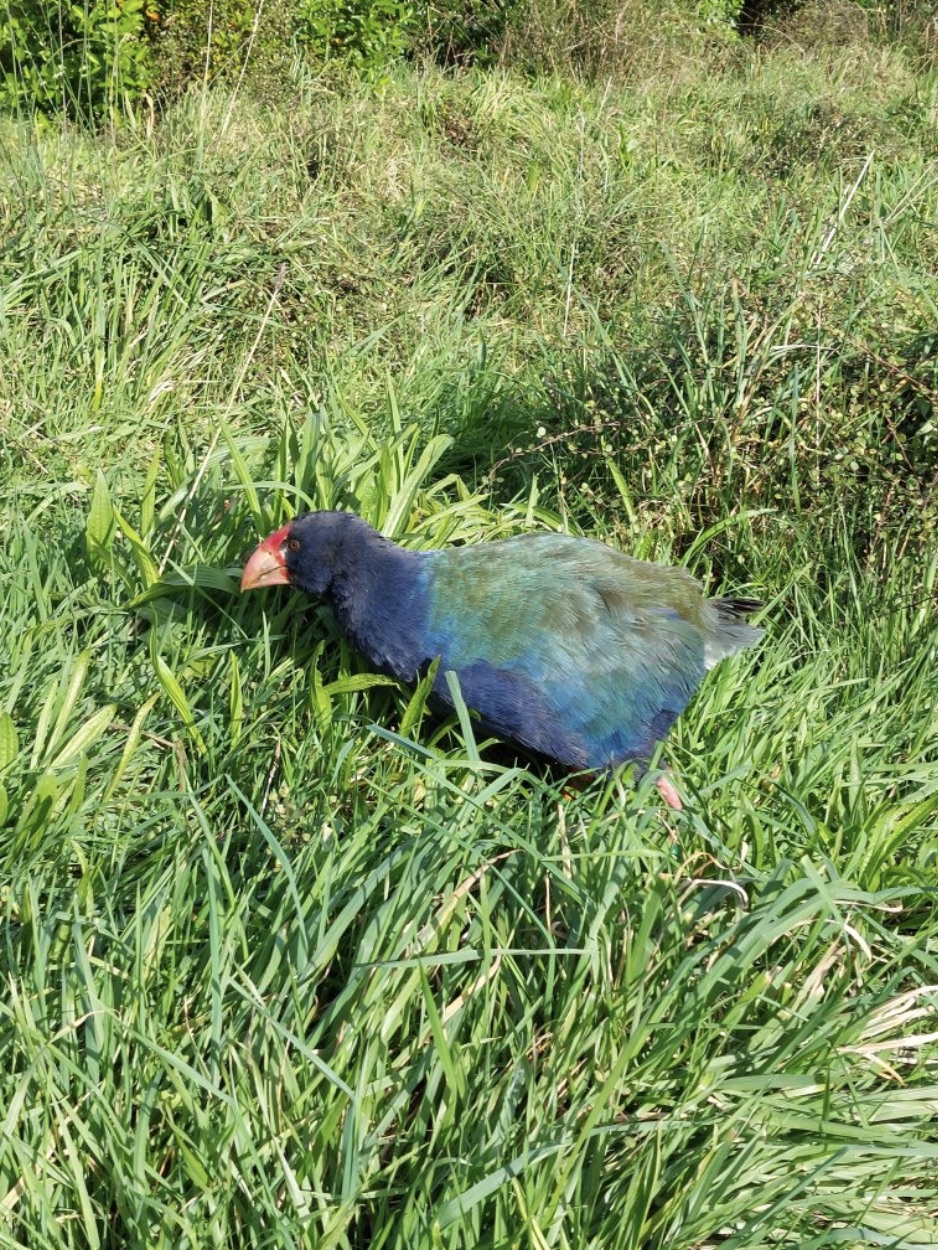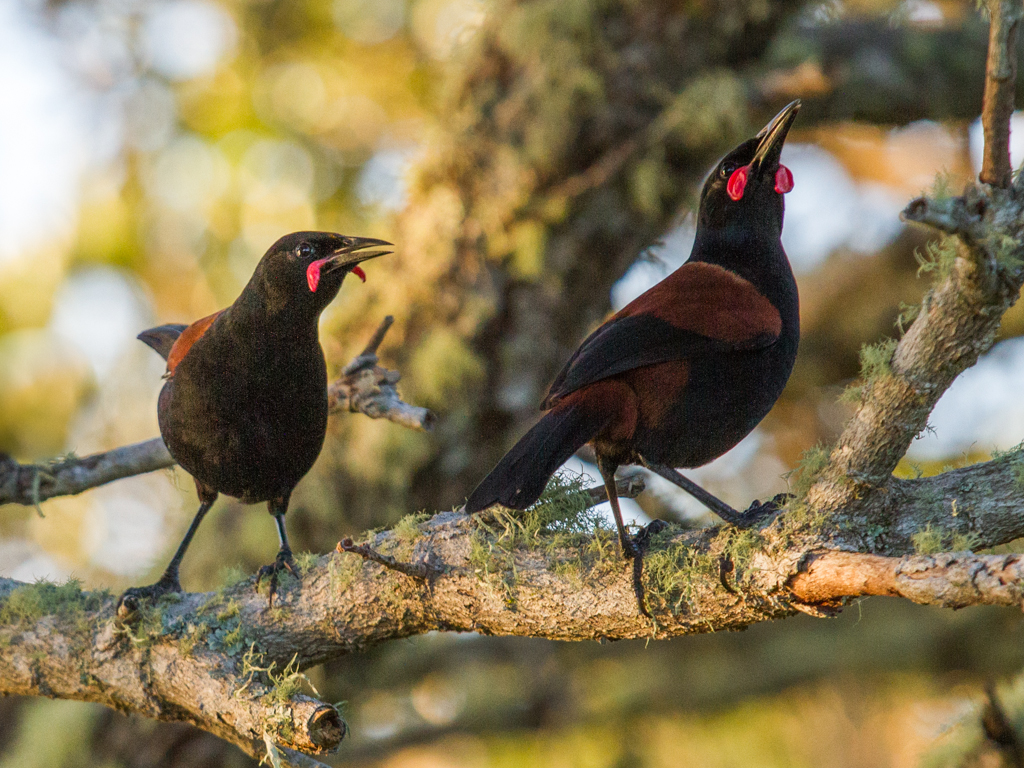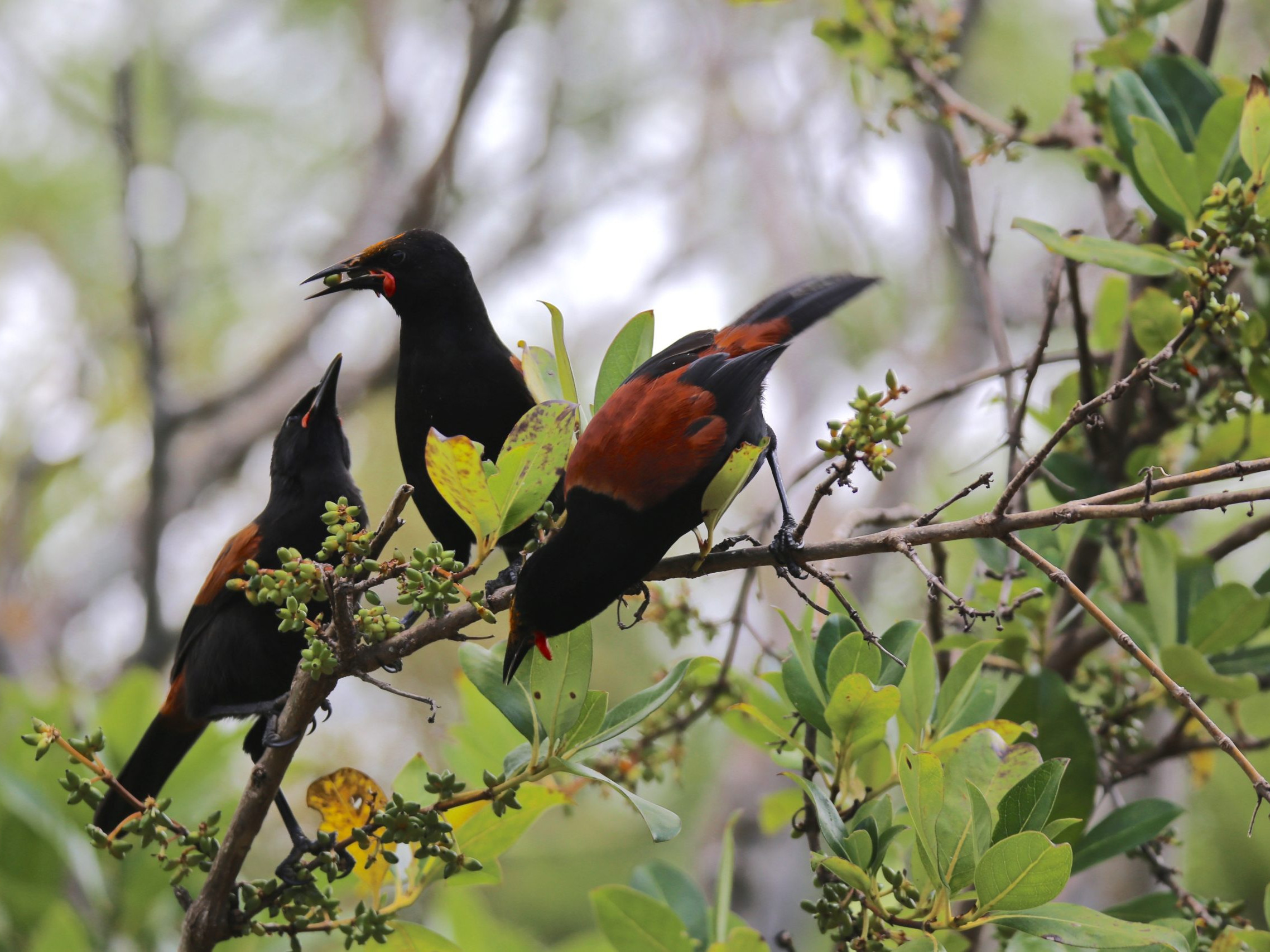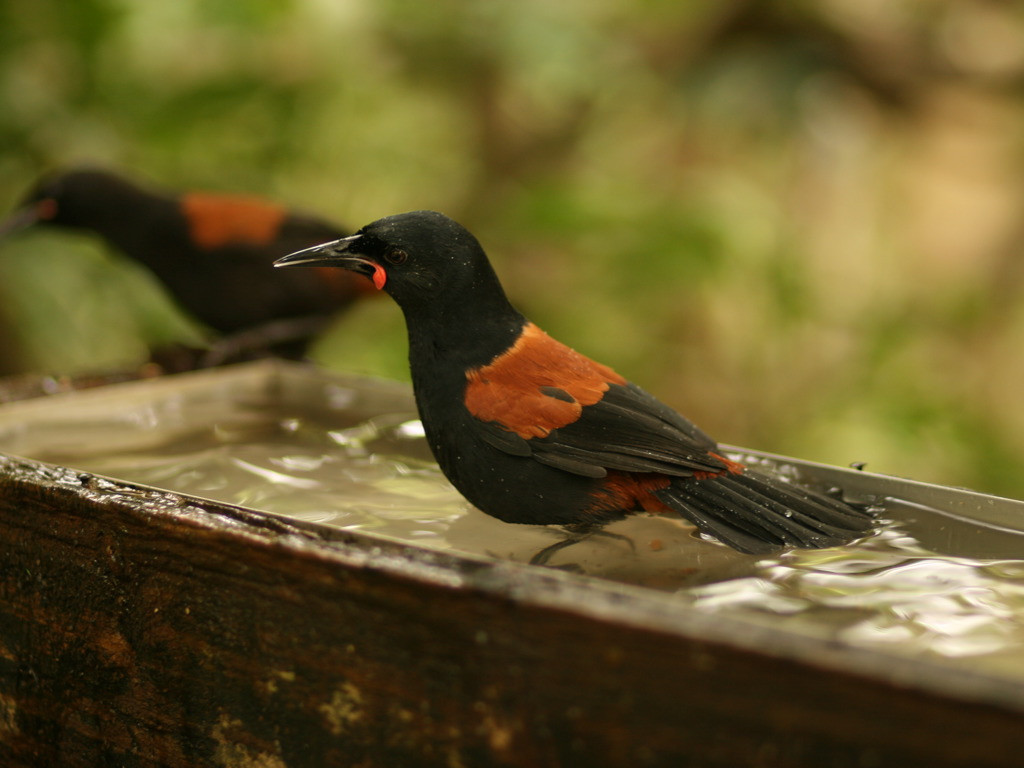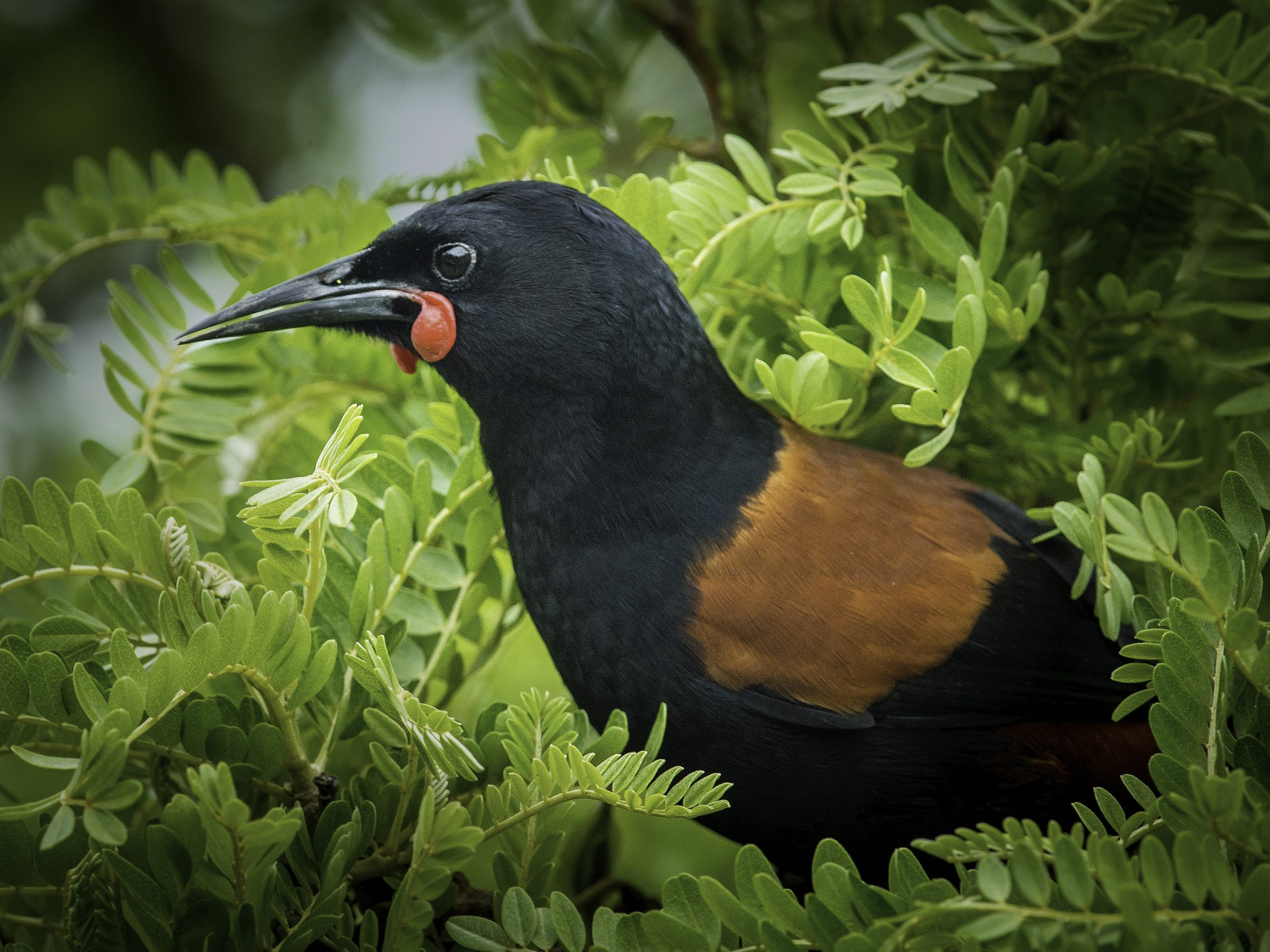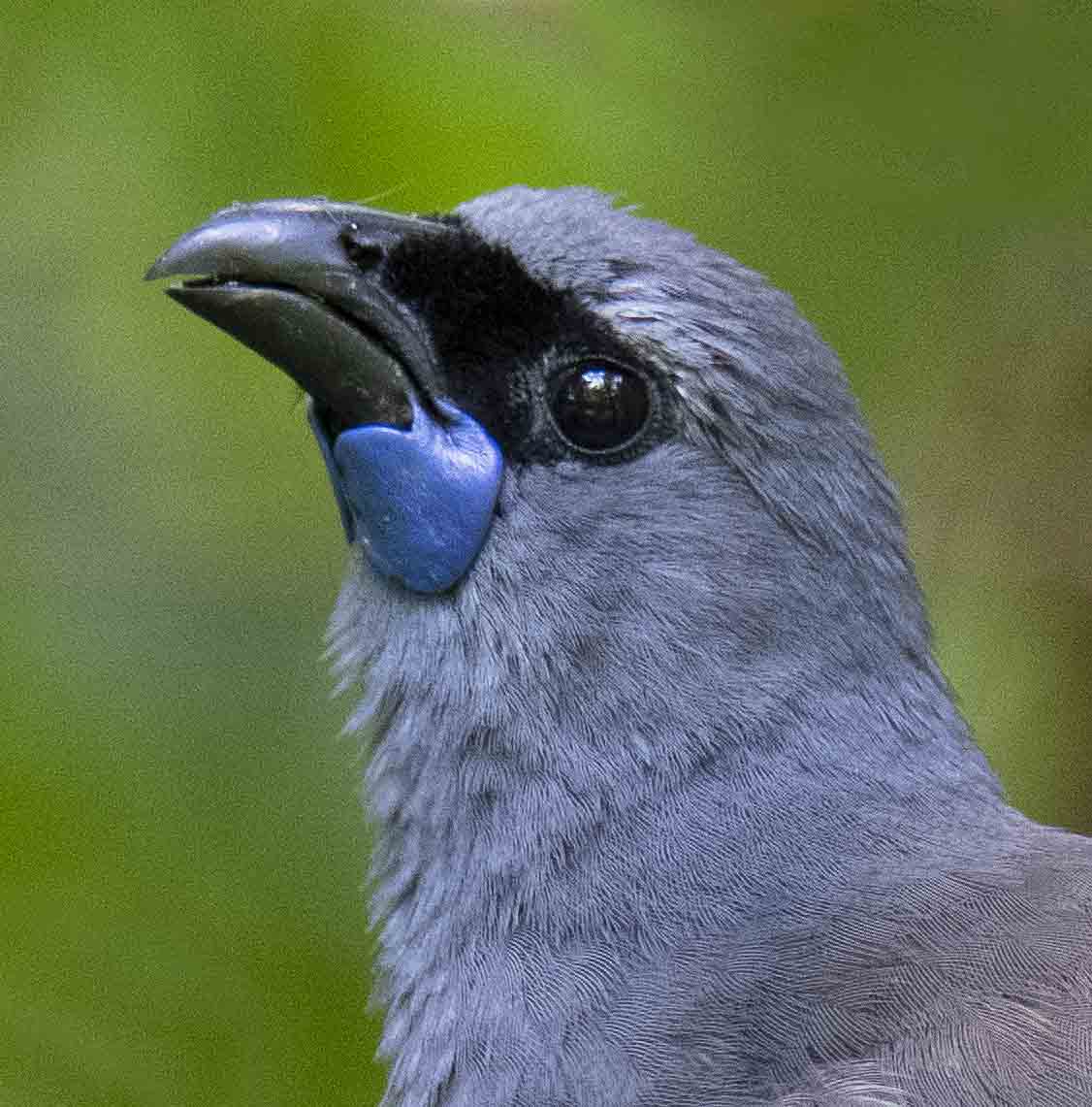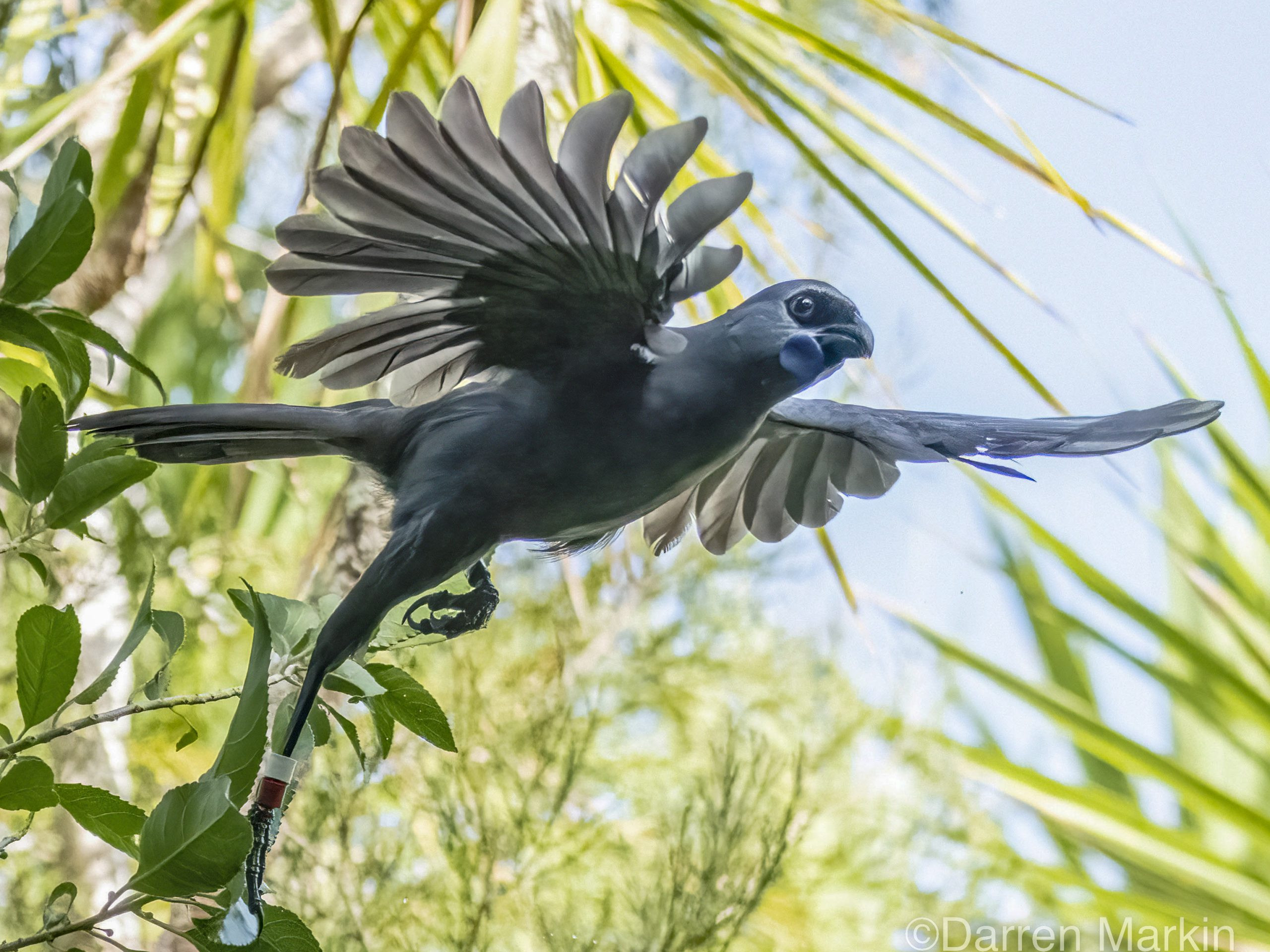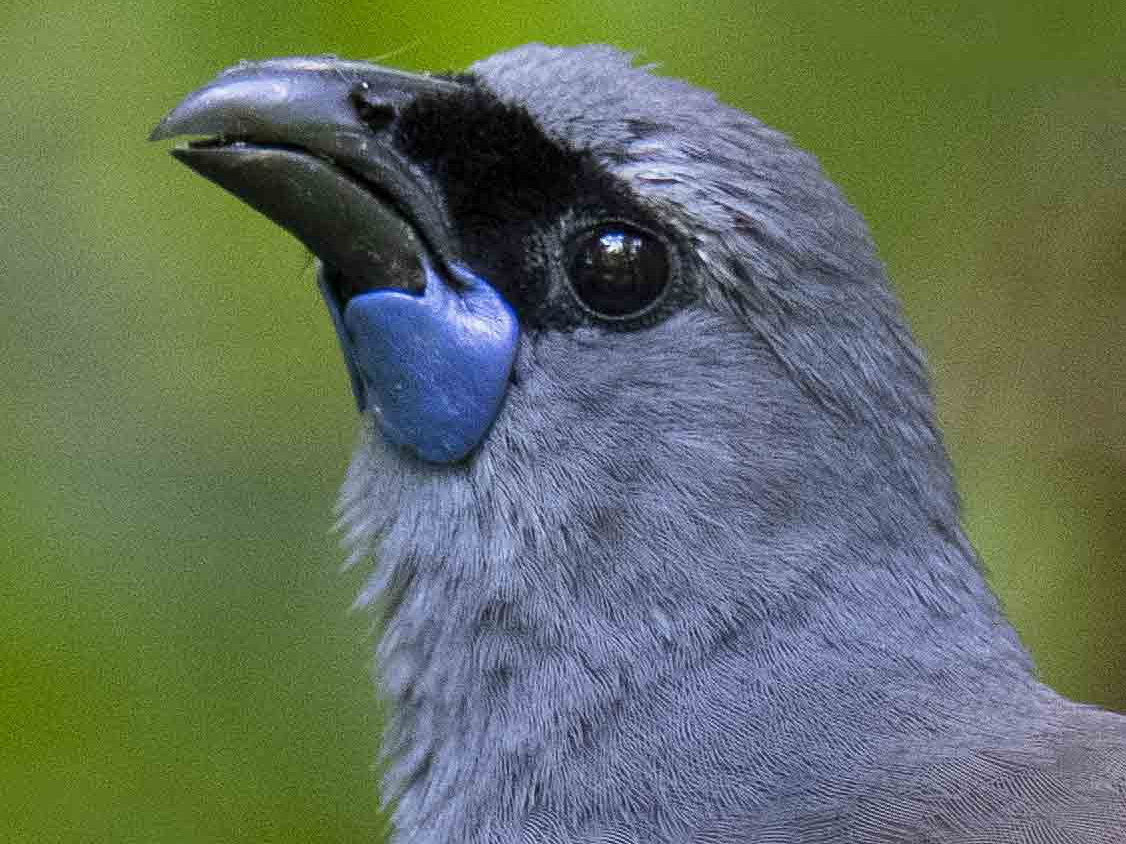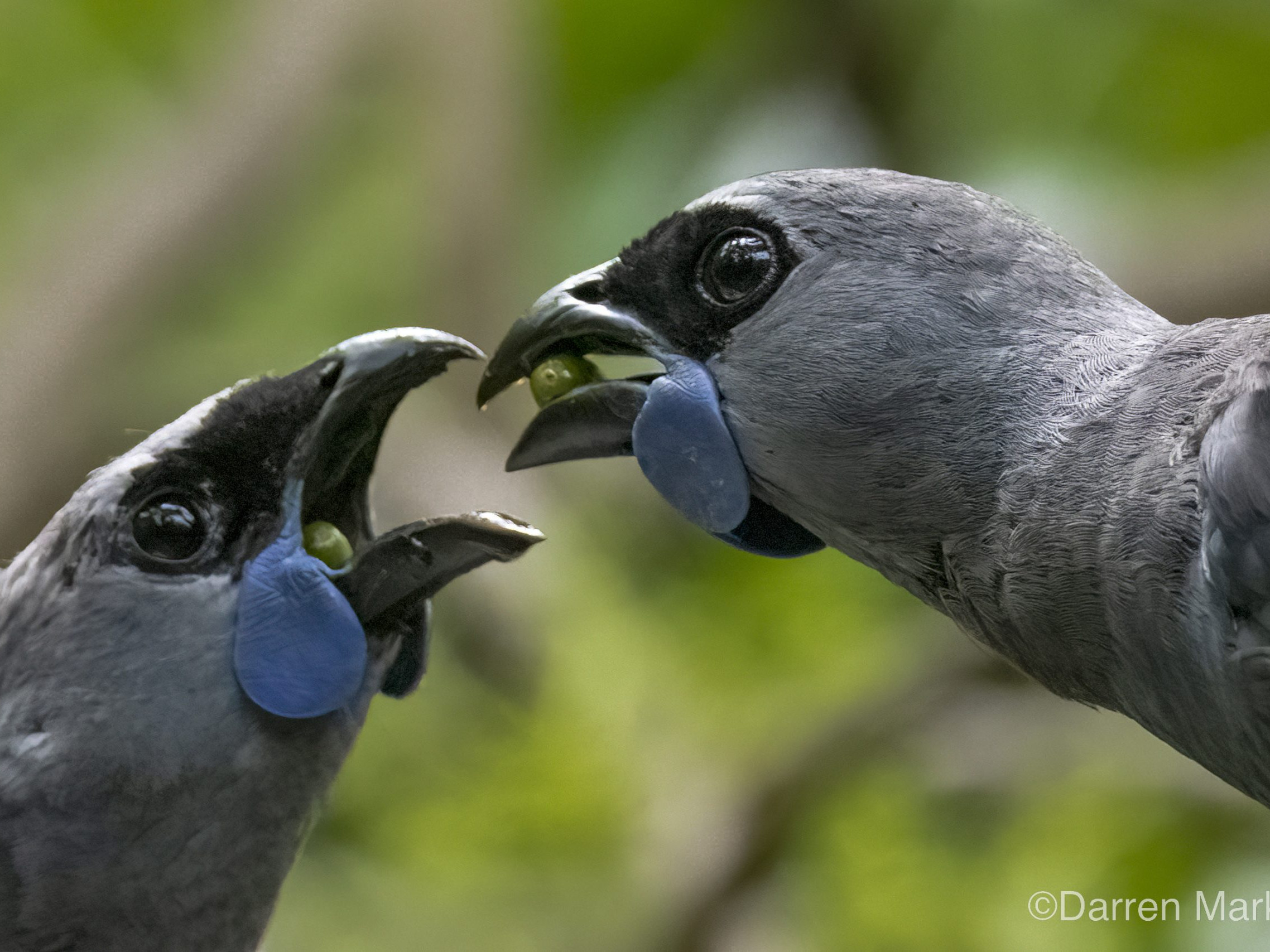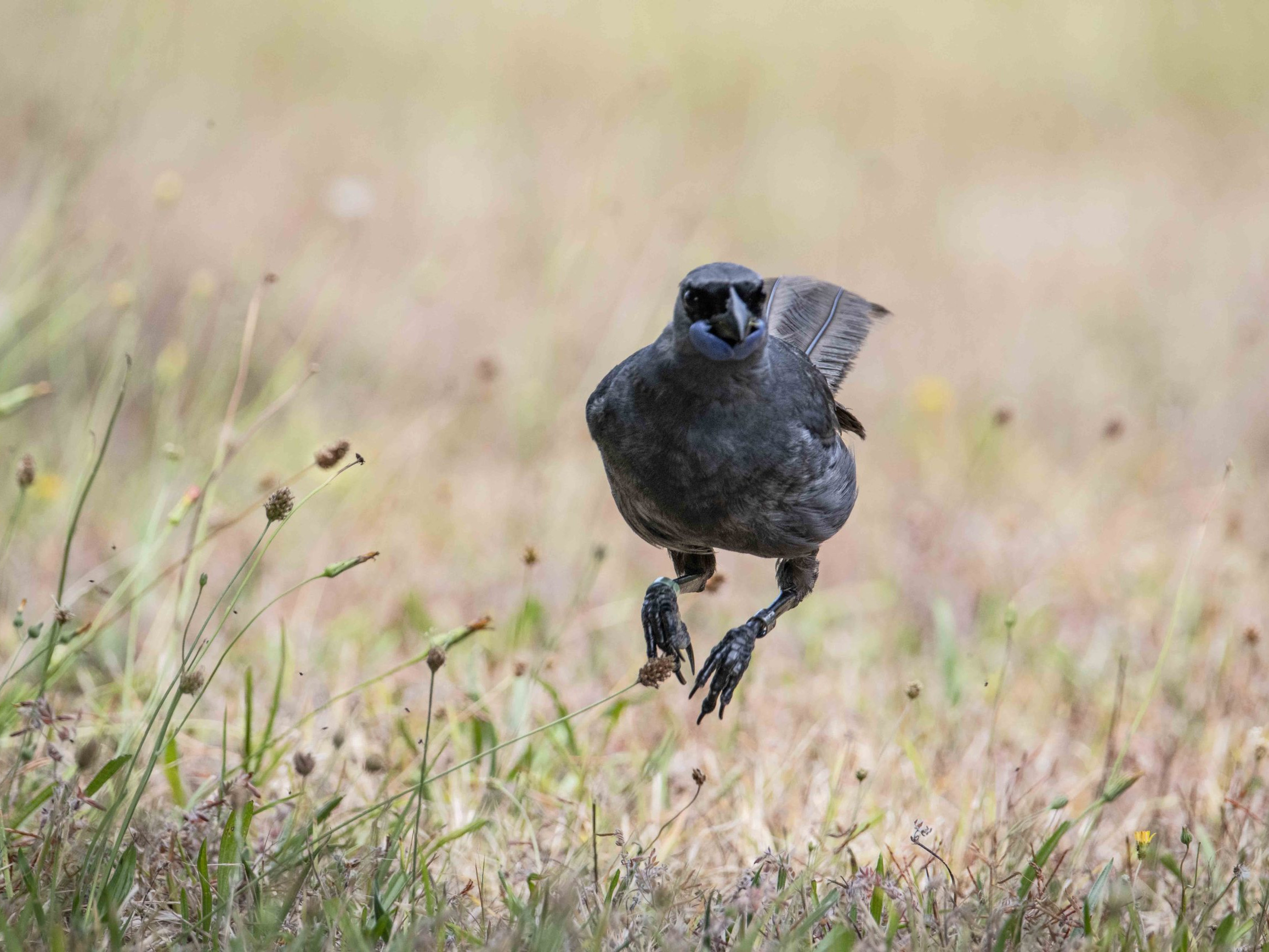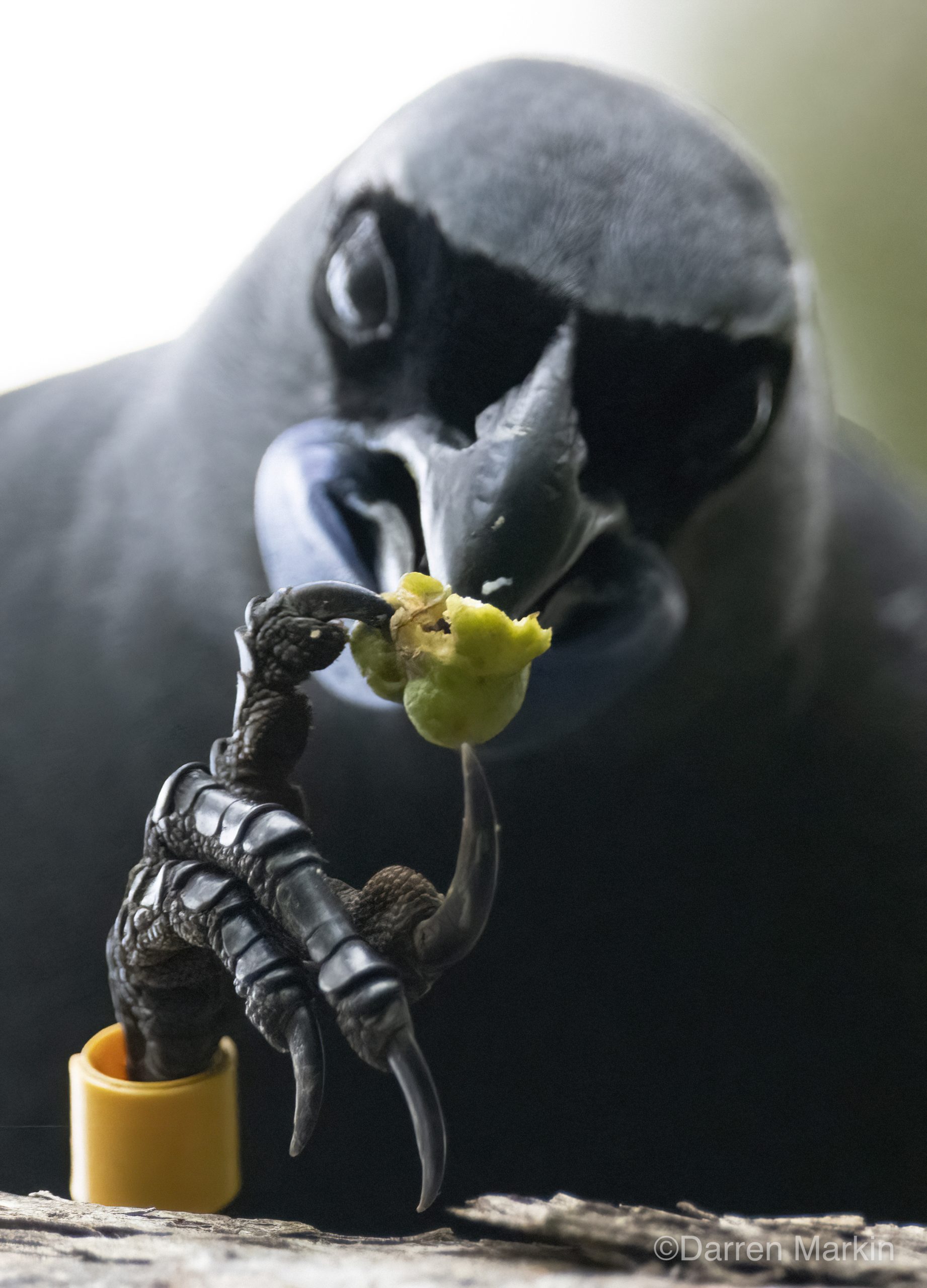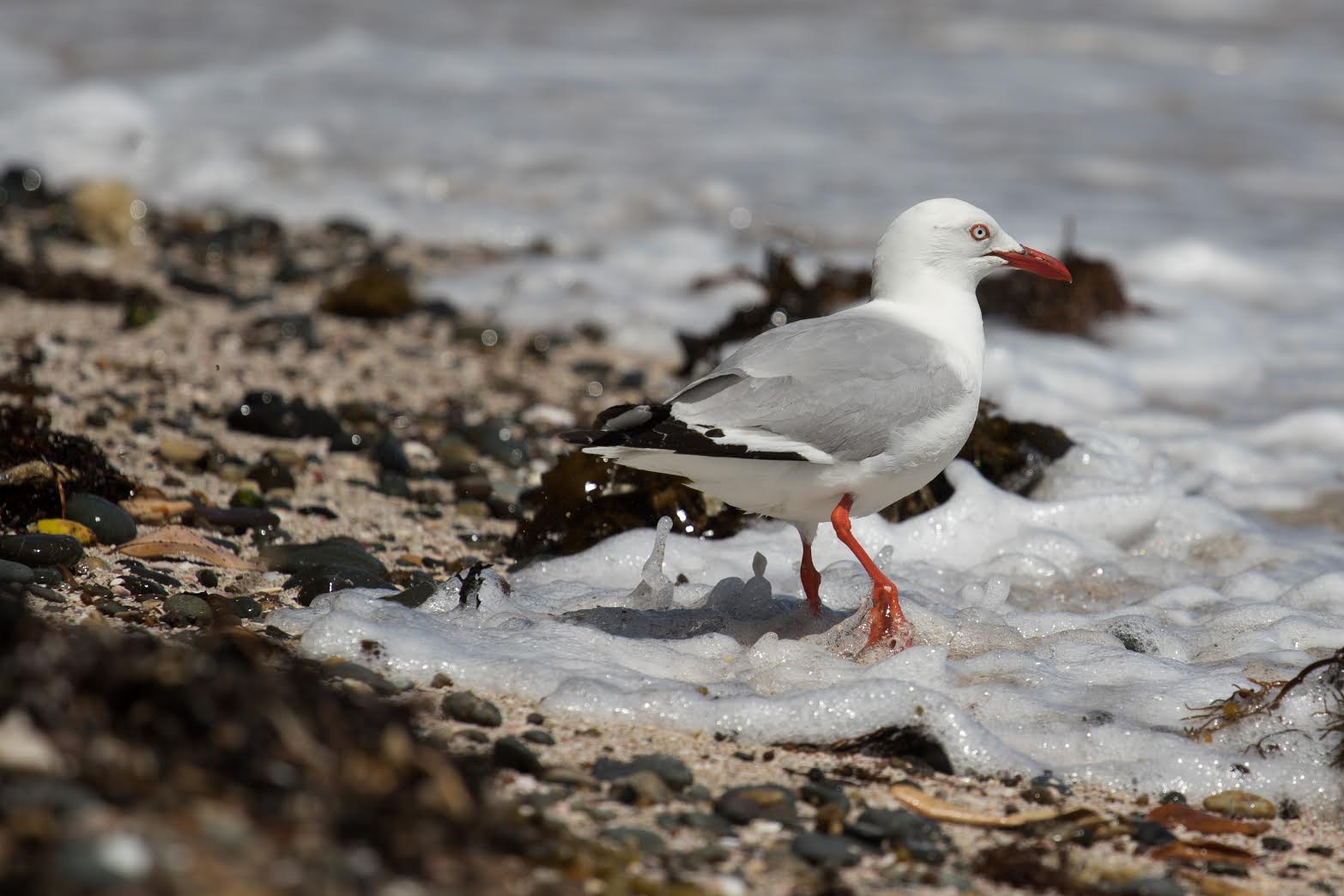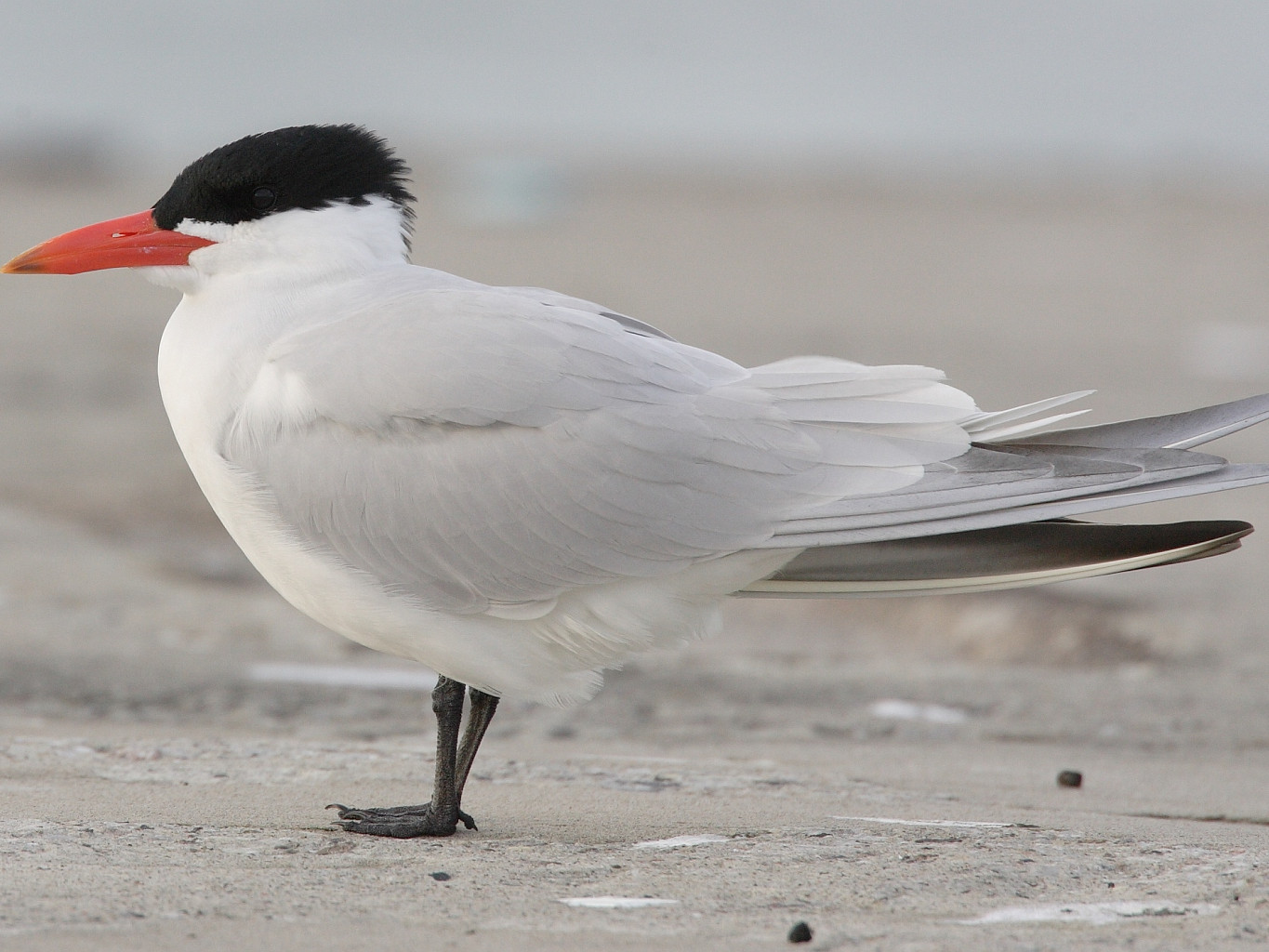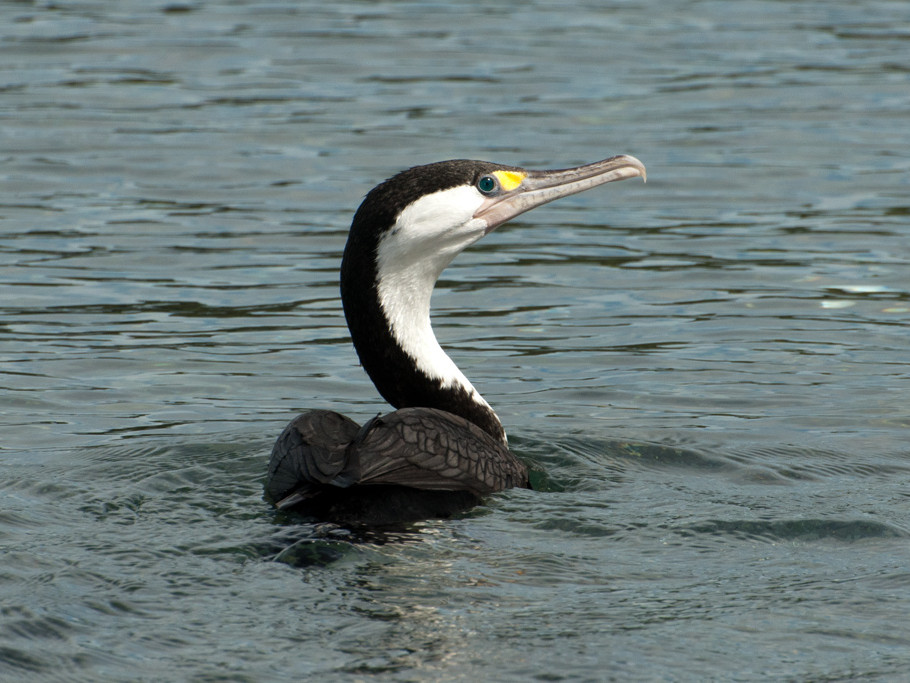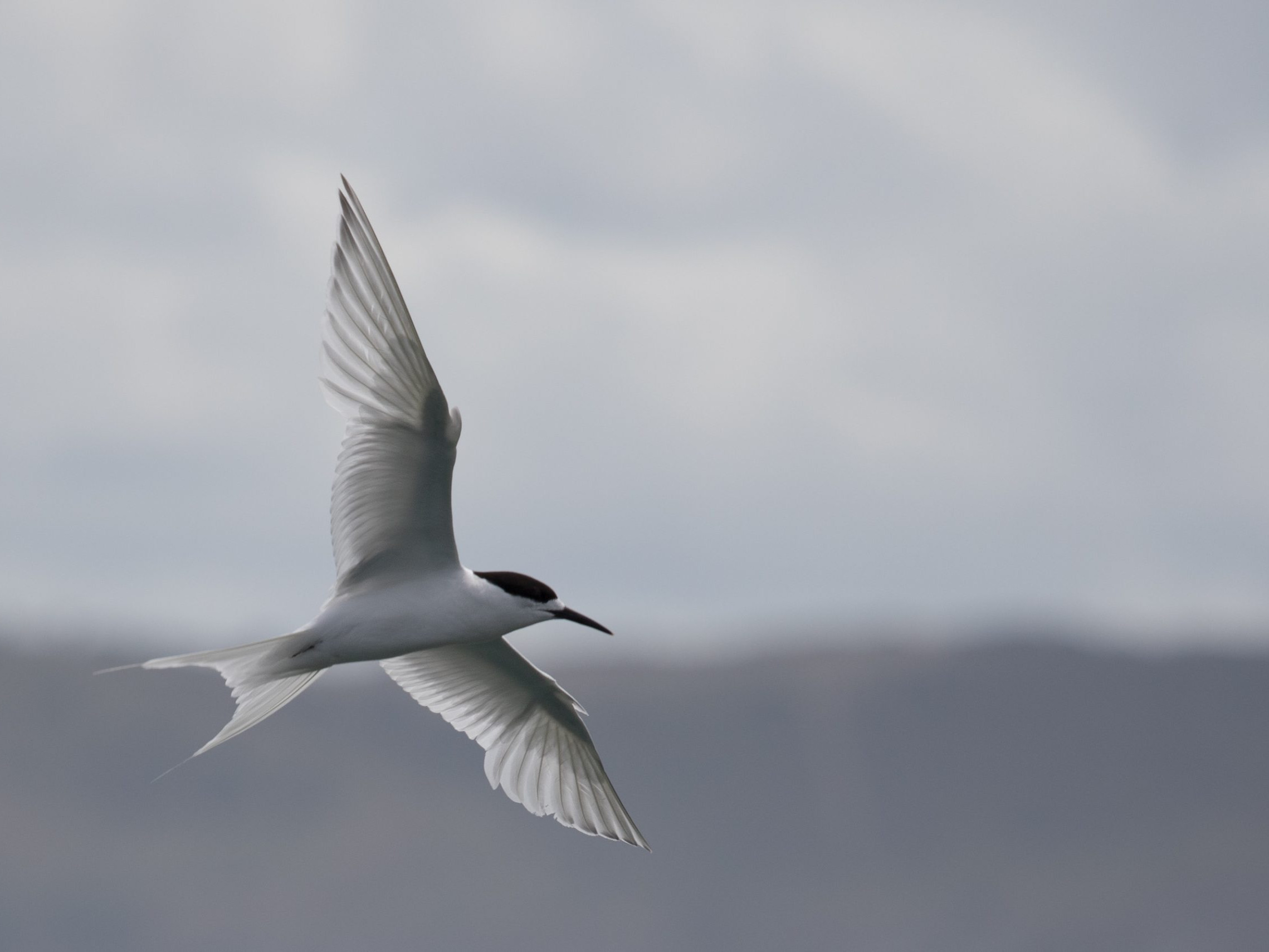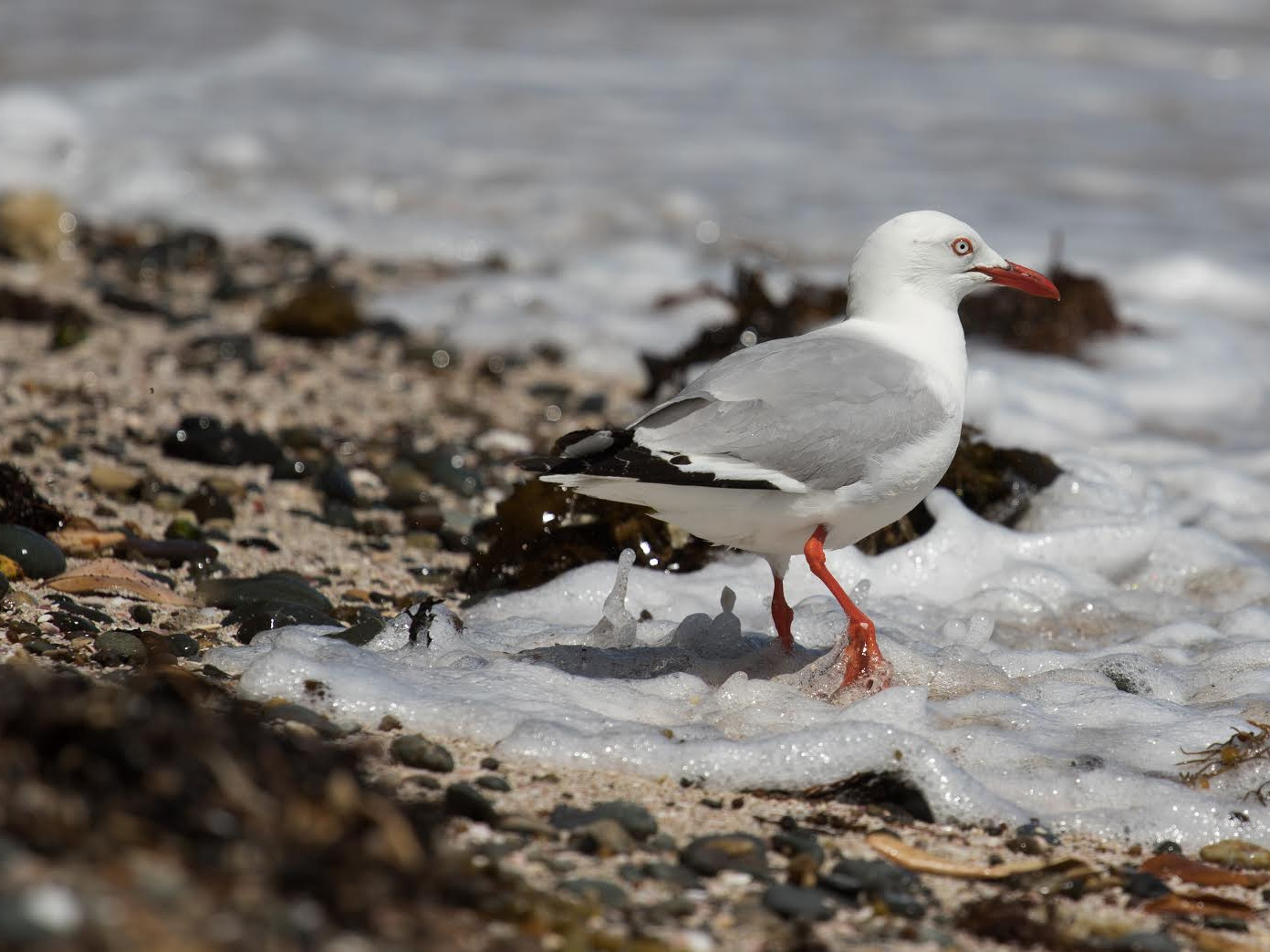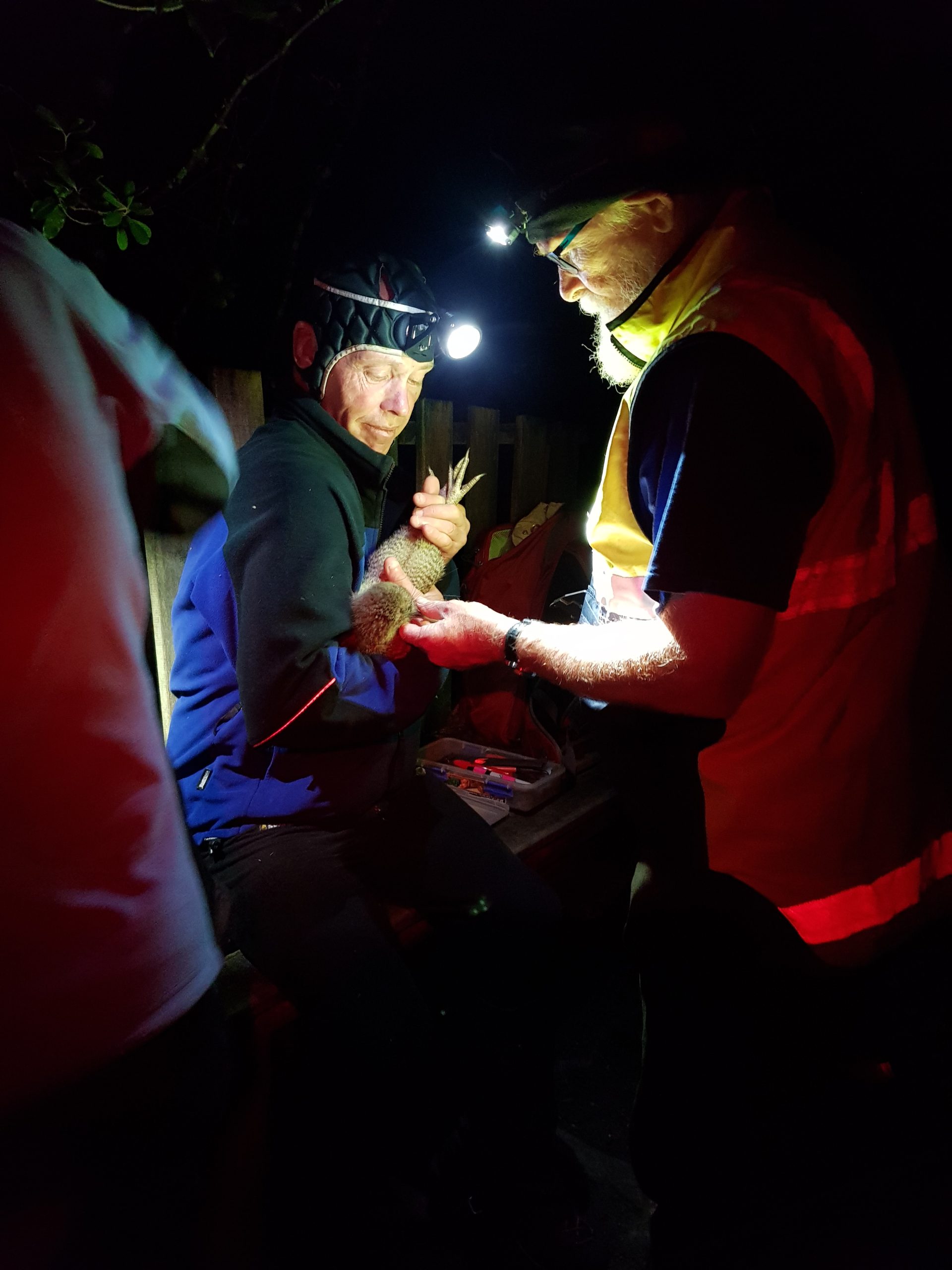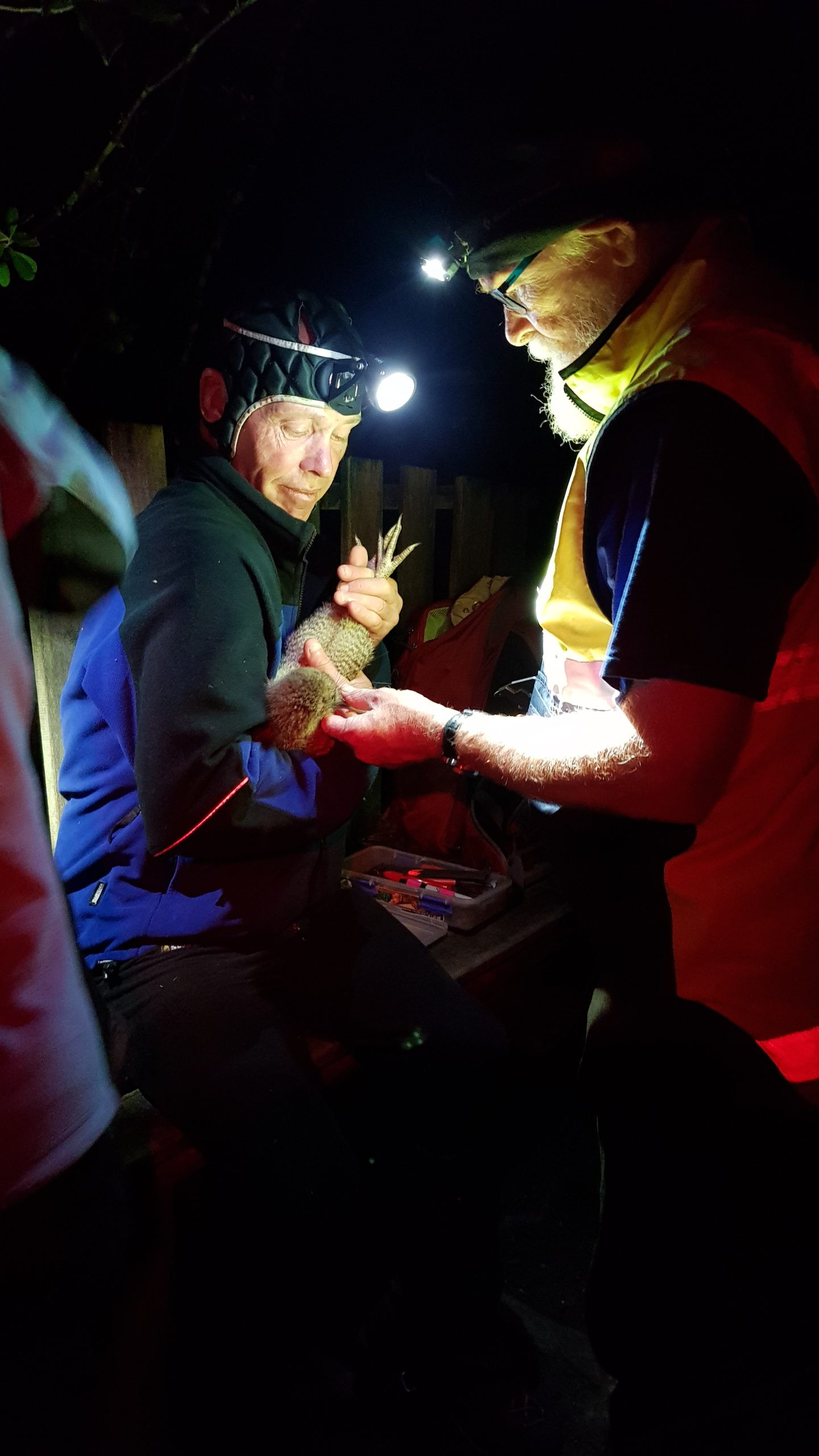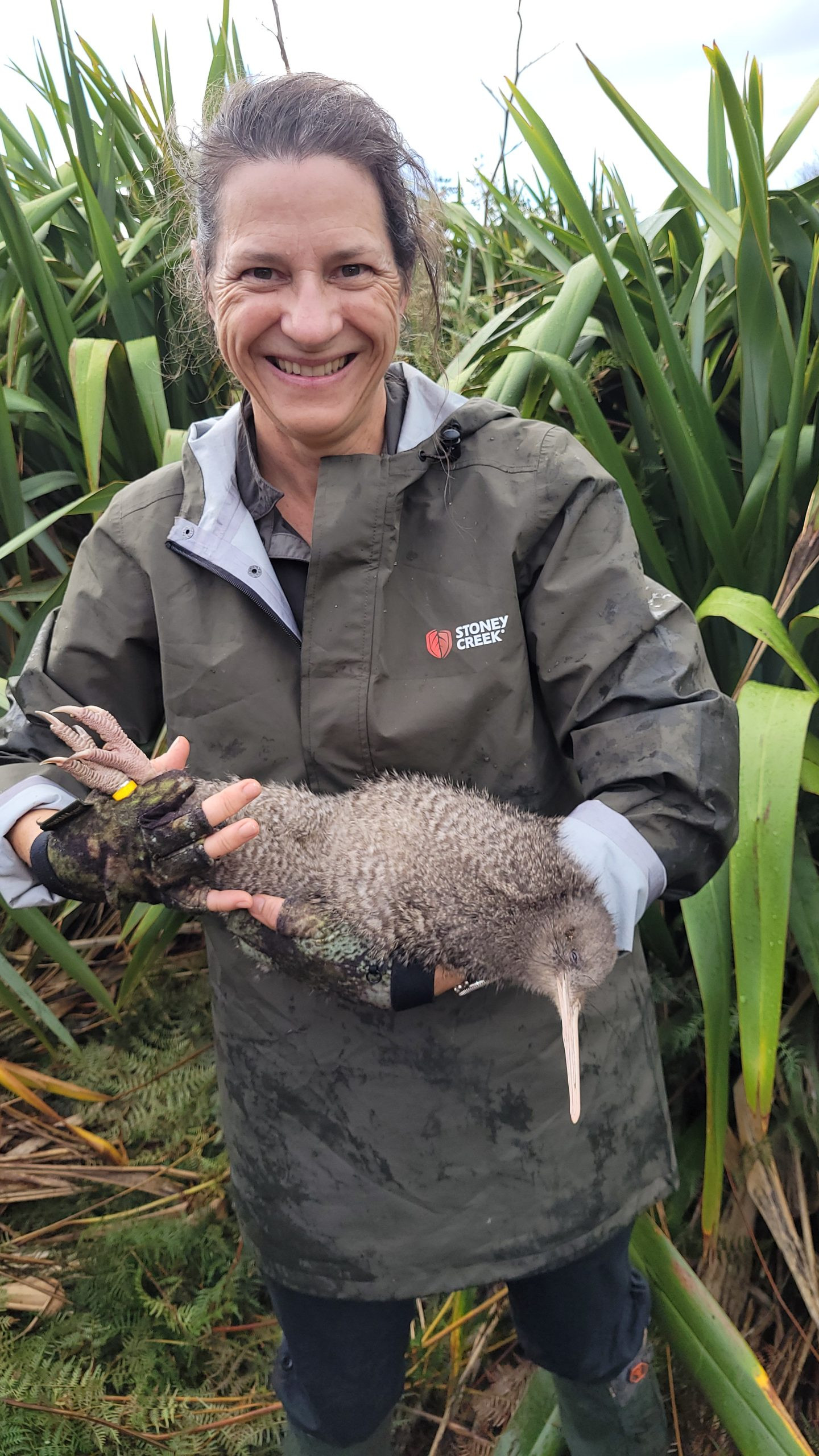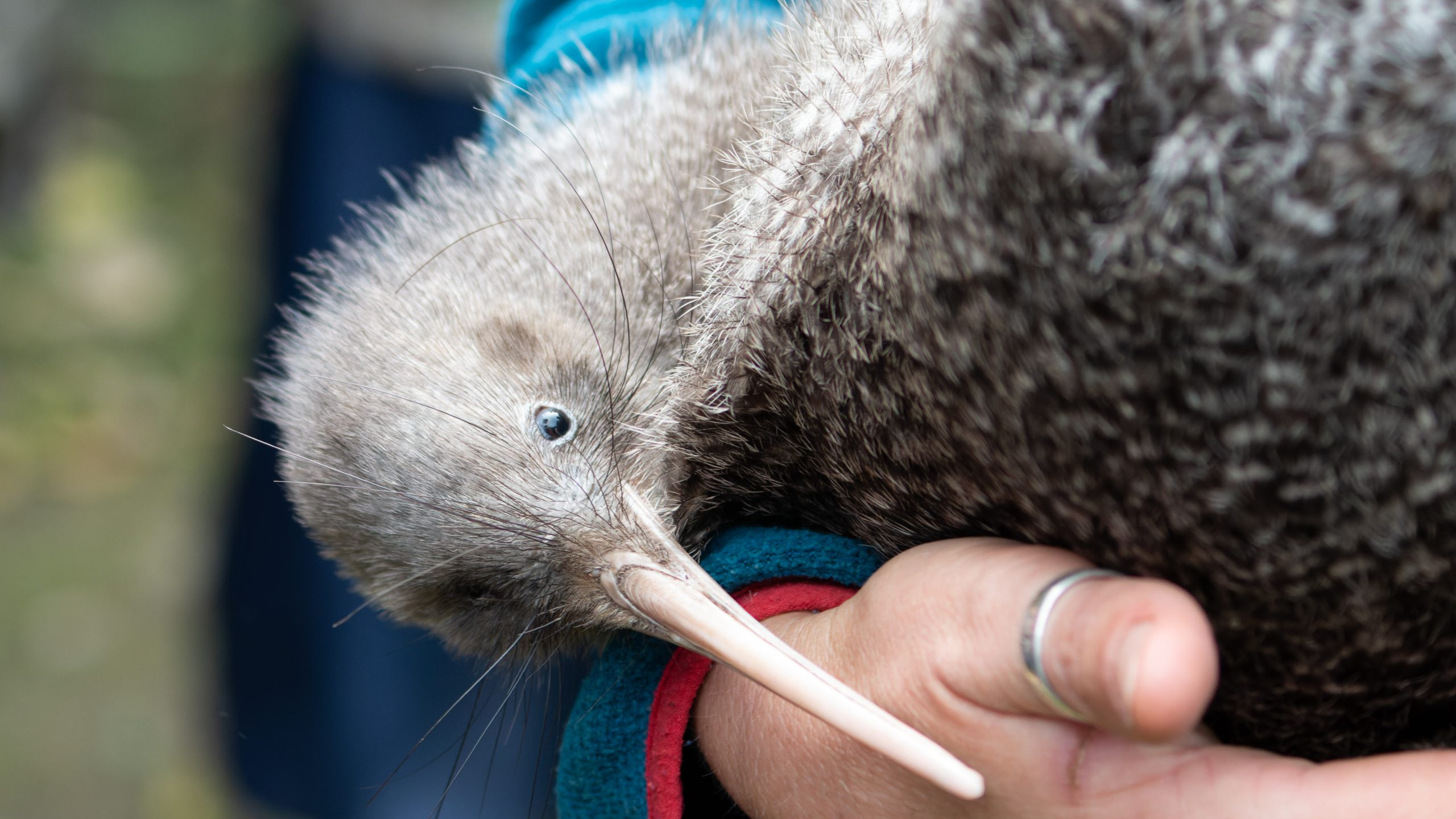A tech upgrade
A tech upgrade
Author: Stacey Balich
This text has been collated using the Hihi Conservation 2022 - Annual ReportDate: 16/07/23
The Hihi Conservation 2022 Annual Report shares that for nearly the past three decades it has been a rite of passage for every hihi hatched in a nest box to receive a set of colour bands when they turn 21 days old. On one leg, they have two colours; on the other, they have one colour and one metal band. This allows researchers to individually identify the birds which supports monitoring, management and research. Dr John Ewan shares in his report that on Tiritiri Matangi all female hihi nest in nest boxes, so every bird in the population can be banded before fledging. This means family relationships are known for every hihi on the island.
Observing and locating individual birds requires enormous manpower and data can sometimes be limited by the size of the field team and environmental conditions. This can sometimes result in incomplete band reading or misidentification. In 2015, the Hihi Recovery Group began exploring how to modernise hihi monitoring. They selected a technology called Radio Frequency Identification (RFID).
RFID involves attaching a tiny computer chip storing a unique identification number to an animal. Special RFID ‘readers’ are then placed in key locations throughout the environment to ‘read’ these numbers when tagged animals come in close proximity. Dr John Ewan explains it as the same technology behind tap-and-go credit card payments. The chips are only a few millimetres long so they can be attached unobtrusively even to small birds like hihi with no effect on their wellbeing or behaviour.
In 2020 the Hihi Recovery Group and the Department of Conservation’s Electronics Team finalised a design. The custom, injection-moulded colour bands fit hihi perfectly and hold a built-in RFID chip. They are now fully rolled out on Tiritiri Matangi, where each nestling now receives two colour bands on one leg and one long RFID colour band on the other leg. All six of the supplementary feeding stations are equipped with RFID readers. The adult hihi population will receive a band upgrade next time they are caught for normal population monitoring.
Dr John Ewan shares that direct observation will always play a central role in hihi monitoring and that RFID technology will provide a major boost to data collection.
One of the most interesting trips I have ever had in my life
One of the most interesting trips I have ever had in my life
Author: Gabrielle Yan (Year 5/6), Summerland SchoolDate: 15/06/23
Tiritiri Matangi was one of the most interesting trips I have ever had in my life. The ferry ride was great, amazingly clean to say the least. The first bird we saw was a bellbird, which had the voice of our school bell, which was very familiar as we have been hearing it for years. Along the way we saw many fantails and bellbirds, so many that they didn’t seem all that rare anymore.
We heard a tūī singing near the feeding area, which had been surrounded by all sorts of birds. On the ground lay lots of skeleton leaves which were pretty much transparent with skeletons that looked very much like fibre.
Our guide, Bob, showed us a tracking tunnel with laminated pictures of predators’ footprints. While we were taking a rest on a wooden bench, we spotted the biggest New Zealand pigeon ever, perched on top of a very large Nikau.
On the way to the lighthouse, we made a wish while touching NZ’s oldest rock (80 million years old) and looking at the youngest (Rangitoto). Right before leaving the forest, we had a finger puppet hunt. The finger puppets were in the shape of native birds and other creatures, which was the most adorable thing ever.
After we left the forest, we saw around 3 takahē, which was chasing after the keeper who was feeding the birds (because he had food with him). The takahē were running at an insane speed, despite the fact that they are only about 30cm tall.
After lunch, we went to the gift shop (I would highly recommend you to go there). Last, but not least, we visited the lighthouse, which was one of the best places on the island.
I really hope to be a guide there when I grow up.
Just a few of the students’ many thoughts:
“The trip was the best I’ve ever been on and I got to see all the amazing birds. I would like to be a guide there one day.”
“We now have an idea of what Aotearoa might have been like before human civilisation.”
“You can see birds and other species you might not get a chance to see on the mainland.”
“I love that I just didn’t learn about the bird species but also could see them and hear them in reality – not in a video like Youtube.”
“We are so grateful we got to go to Tiritiri Matangi and my family is hoping to go there one day so we can more birdlife and hopefully kiwi, ruru and tuatara at night.”
Tiritiri Matangi Island On Active Service
Tiritiri Matangi Island On Active Service
Author: Stacey Balich
This text has been collated using Tiritiri Matangi, A Model of Conservation by Anne RimmerDate: 13/06/23
During the Second World War (1939-45) the island was part of the Auckland Harbour defences. The day after war broke out, 12 Royal Naval Volunteer Reserve signalmen landed on Tiritiri Matangi to identify all approaching vessels. The Navy duplicated much of the Auckland Harbour work of identification. At first, the two services shared the Auckland Harbour Board facilities but it soon became apparent that the Navy needed its own building.
The military then built the Port War Signal Station, near the lighthouse, linked to gun emplacements on Whangaparaoa, Rangitoto, North Head and Waiheke Island. The Port War Signal Station had a view from Kawau Island past Aotea Great Barrier and the Coromandel to Auckland but, significantly, the Tiri channel was obscured. Ships at sea were forbidden to use their wireless in wartime, so communication with them was by flags, semaphores or Aldis signal lamps.
After the bombing of Pearl Harbour (7 December 1941), the US poured money into New Zealand’s defences and the Army established a Fortress Observation Post on Tiritiri Matangi. The Army rebuilt the Fourth House, concreting the outside and adding a concrete tower. The Fortress Observation Post gave information to the nine-inch guns on Whangaparaoa Peninsula and controlled the mines in the Tiri channel. Mines were laid across the Tiri channel and out to Rakino Island and The Noises. These mines exploded when struck by a ship.
With the arrival of the Army, the Auckland Harbour Board signalmen were withdrawn, leaving one man as custodian of the foghorn and radio beacon.
The Hobbs family (who held the Tiritiri Matangi farm lease) had taken their stock off the island in 1940, donating a cow to each of the services. Without the stock the grass grew higher and the kiore rats increased to plague numbers. High-voltage electric fences were rigged around the Fortress Observation Post, and a small light on the wall would light up every time a rat was zapped. This did kill thousands of kiore although it didn’t make a dent in the population. The Navy then tried a more low-tech solution, a tom cat.
Despite all the upheaval, the six years of military presence on Tiritiri Matangi had little effect on the island’s ecology. Anne Rimmer wrote in her book that the effect was probably more influential in the increased awareness of Tiritiri Matangi in the minds of the people who would guide the island’s future path. Also significant for New Zealand as a whole were the widened horizons of the thousands of servicemen and women who had served overseas.
In 1945 the three signalmen from the Auckland Harbour Board returned to Tiritiri Matangi. A year later Hobbs’ stock returned. The lighthouse keepers returned in 1947 and Auckland Harbour Board closed the signal station.
To buy Anne's book
Tiritiri Matangi Archaeological and Historic LandscapeHeritage Assessment
King's Birthday Working Weekend
King's Birthday Working Weekend
Author: Karin GouldstoneDate: 08/06/23
On Saturday 3rd June a keen team of 16 volunteers boarded the Explore Ferry to make their way across the sea to Tiritiri Matangi. After settling into the bunkhouse, some bird watching, lunch and a health and safety briefing Talia, the Department of Conservation Ranger set up the working groups. Armed with shovels, shears, secateurs, hedge trimmers and wheelbarrows we tackled the long overdue maintenance on the upper Wattle Track. After a couple of hours with the odd interruption of kōkako, toutouwai/ robin and other wildlife we had a yummy shared dinner.
We continued where we left off on the following day and we made amazing progress. In the evening some went exploring or put their feet up. Others went for a night walk and found tuatara, kororā/ little penguin, kiwi pukupuku/ little spotted kiwi, pāteke/ brown teal and wētā punga.
Monday was our last day and was spent packing, cleaning and finishing off some jobs before another stroll around the special island.
Thank you to Paul, who set up a yoga session in the Visitors Centre.
Supporters Working Weekends
The Department of Conservation and the Supporters of Tiritiri Matangi greatly appreciate your participation in our General Maintenance Volunteer program. The work of volunteers is an integral part of the island’s success as one of Aotearoa’s oldest island sanctuaries, and in participating, you have contributed to the vital work of New Zealand’s conservation story.
Working Weekends are a wonderful way to help, get to know the island better and be part of what is happening on Tiritiri Matangi. Hosted by some of the Supporters of Tiritiri Matangi’s most experienced guides. Outside of the working hours your time is your own. You could explore the more remote parts of the island, or have a swim and a snooze. Activities may include a night walk or a dawn chorus outing.
If you are interested in taking part in one of our working weekends, you have to be a member of the Supporters of Tiritiri Matangi. All enquires and bookings for working weekends can be made through the Guiding Manager by emailing shop@tiritirimatangi.org.nz or phone 09 476 0010
To become a Supporter of Tiritiri Matangi
Disrupted breeding season comes to an end
Disrupted breeding season comes to an end
Author: Kathryn JonesDate:07/07/23
The tīeke breeding season started with a translocation of four eggs from nest boxes to Auckland Zoo. The zoo has a permit to take a small number of tīeke from the Island to supplement the captive population.
Taking eggs and raising chicks in captivity has several advantages over moving adult birds, not least the lack of stress to the birds.
The curator of birds at the zoo, Juan Cornejo, visited the Island in October and collected fertile eggs from three boxes. At least one fertile egg was left in each so the parent birds still had the opportunity to raise a chick.
At the zoo, one of the chicks had difficulty hatching and died shortly afterwards, but the other three, a female and two males, thrived under the care of zoo staff – 18 feeds per day at first! They are now healthy juveniles and will eventually be on display in the forest aviary.
On the Island, monitoring was disrupted by wild weather and consequent ferry cancellations, but it was clear that nest box use and rates of success and failure followed the pattern of the last few years.
Nesting attempts were made in 22 of the 151 boxes, and 10 of these failed at egg stage (the eggs failed to hatch or were broken). As far as we can tell, none failed at chick stage and at least one chick fledged from each of the remaining 12 boxes, including two of those from which eggs had been translocated in October.
Up and out, camera ready and heading towards the sunrise kōkako calls
Up and out, camera ready and heading towards the sunrise kōkako calls
Author: Darren MarkinDate: 21/03/23
Staying overnight on Tiritiri Matangi often means an early start. Up and out, camera ready and heading towards the sunrise because kōkako calls. As always, another exciting day is ahead. I know what birds I’m likely to see but the surprise is to see them in an unexpected way. This is so true of kōkako. Will they be on the ground, low down in the bush, more than one together, feeding, calling, petting ….?? On this particular day, I had been out wandering most of the time.
Once the ferry had departed, I headed for the Wattle Track and sat on my stool behind the large bench which faces the lower/ bottom water trough. Listening for the faintest of kōkako calls. All quiet to begin with. Out comes my book. Patience needed. Several chapters later, I hear them. Behind me, up in the trees, calling to each other, very quietly as they feed. Just the odd notes, but I only need one. Book down, camera, ears and eyes are now on full alert. They are now above me. Suddenly, Te Rangi Pai comes down and begins drinking at the water trough. In swoops her partner, Hemi, very quickly and he begins feeding her the small green berries. The element of surprise is there, right in front of me. Amazing. She soon hops away, along the fence and up into the trees. Hemi has a drink and follows her. The courtship feeding was over quickly. I’ve seen this pair many times together at the trough, drinking and petting, but not feeding like in the photograph. The pair stay around, feeding and cooing to each other. It’s an amazing feeling to witness such behaviour of these birds and such a privilege to be out on Tiritiri Matangi. The kōkako moves on and I’m left alone. Time to head back to the bunkhouse, for some dinner and to check on the many photos from the day’s experiences.
Photo credit: Darren Markin
Common Stuff
Common Stuff
Author: Mike DyeDate: 22/05/23
My first venture down the slope behind the Fog Horn shed brought me to a little grassy patch where my tripod could stand. Peering through the telescope it was not clear whether all the squatting red-billed gulls were on nests, but this twin-peaked rock, just south of the bay, was obviously a favoured breeding site. Weaving a heavy tripod through a tangle of flax and cabbage trees was a bit cumbersome but, on reaching the northern side of this little promontory, a large curl-shaped rock came into view with a colony of gulls dotted along its ridge line and, below me, binoculars revealed a small rocky platform crowded with busy occupants and obvious nests.
I’d been invited to assess the breeding numbers of common inshore seabirds around the coastal fringe of the island. How do you view our coast from the land? So many steep bush-clad slopes and hidden gullies! Old hands will have known much of the territory but for me, it was an exciting new exploration. In that first year, I located a small colony of black-backed gulls on a handful of rocky islets just off the North-east Bay track. As I ate lunch, after counting those gulls a reef heron carrying fish flew into the bay. On landing, two juveniles came scrabbling out of the bushes to meet the parent – the only proof of its breeding in the ten years this survey has now run.
Carne Blandy, Oscar Thomas and Rachel Taylor each helped for a season in different years but for the last 5 years Roy Gosney and I shared this work together; making about 8 visits each season to gauge the build-up and peak of breeding numbers. Access to the two black-backed gull colonies, long established on the west coast, can be fun. Coprosma completely hides the access to the one below the Papakura Pa site, so I dread to think what visitors thought if they caught sight of two old buffers emerging from a dense thicket! And getting to the rocky outcrop at North-west Point has also become an adventure as the track dwindles and we two disappear into the ever-burgeoning flax and twiggery; but it’s well worth the scramble, to arrive in the quiet atmosphere of the little grassy plateau overlooking the breeding site and up the Tiritiri Matangi coastline northwards.
Whilst the two gull species are always present, their breeding numbers vary, red-bills between 100 and 350 pairs, black-backs between 30 and 45. The Pied-shag colony remains fairly static with 6-8 nests, but tern numbers are the least predictable with a single paid of Caspians in just 2 or 3 survey years and white-fronted tern ranging from none years to 120 pairs at best. Our Biodiversity Team wants to monitor these common birds as well as the rarer species our island hosts.
In July I move to Cambridge and have to leave Roy to do next seasons counting. I’m sure he would welcome a new survey partner. It’s been a joy and privilege to explore some of the hidden parts of Tiritiri Matangi and share that experience with others. For this wonderful place and the lovely people I’ve met here, I give thanks!
Annual Kiwi Call Survey
Annual Kiwi Call Survey
Author: Janet PetricevichDate: 03/05/23
Kiwi pukupuku/ little spotted kiwi were first introduced to Tiritiri Matangi in 1993 (10 birds) with a further 6 released in 1995. Two birds were lost early on but 14 went on to contribute to the genetic pool.
As part of the population monitoring of this translocated species, Supporters of Tiritiri Matangi first conducted a kiwi call survey in 2009 and have subsequently done so in March of every year, apart from 2012, 2015 & 2020.
During the survey, Supporters of Tiritiri Matangi volunteers are stationed at ten listening spots around the island. The survey starts twenty minutes after sunset and lasts for two hours. Listeners record the time a call is heard, the sex of the bird calling and the compass bearing and approximately distance of the call, from the listening site. The listening sites are the same from year to year and the survey takes place when there is no moon during the survey hours.
The survey is conducted to collect trend data on approximate kiwi numbers and by surveying every year, we can pick up short-term variations. There is also value in the survey enabling Supporters of Tiritiri Matangi volunteer participation.
Listeners also record ruru/ morepork call during the survey. John Stewart surveys ruru numbers during their breeding season and recording call locations during the kiwi call survey helps him identify areas of bush where ruru are holding territory.
There are some challenges for the survey volunteers. Fearing the dark is an instinctual survival mechanism for humans, so standing alone, outside on the island at night can sometimes bring on a mild case of the heebie-jeebies. Some nights can be bitterly cold, especially if there is wind, and boredom can creep in if the listening site is less active for calls. Conversely, if the site is very active, it can be challenging to record calls coming in quick succession. Differentiating male & female calls can also be tricky when the wind is stronger or if the calls are heard a long distance away.
Offsetting the challenges, there are also some pleasures of being out at night on the survey. There is often quiet time to appreciate the night sky and the calls or sightings of other island nightlife such as insects, reptiles and sea birds. The occasional close encounter with kiwi is always a highlight.
In addition to the annual kiwi survey, a 5-yearly survey is conducted in conjunction with the Department of Conservation Dogs NZ. During this survey, kiwi are caught & banded. The 5-yearly survey gives a more accurate indication of numbers but is more expensive and logistically challenging to organise.
The last 5-yearly survey took place in 2022 and estimated the kiwi population on Tiritiri Matangi to be around 80 birds.
Kiwi pukupuku calls
Male & female kiwi calls are different. The male gives a high-pitched ascending whistle, whilst the female gives a slower and lower-pitched ascending trill. Both sexes repeat their calls up to 35 times per sequence.
